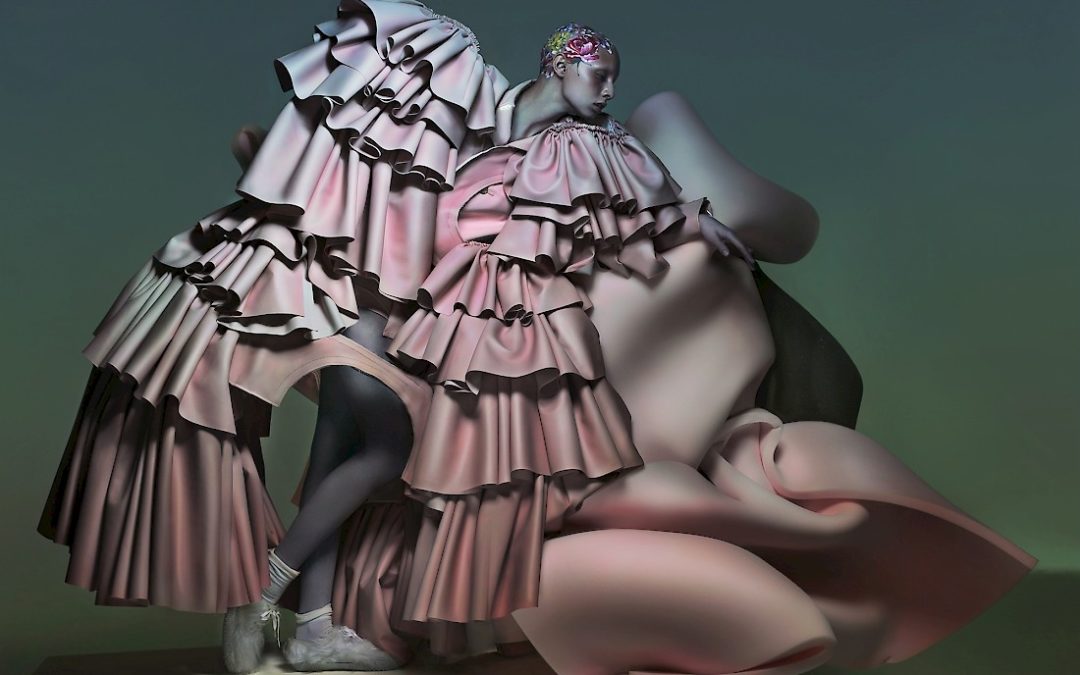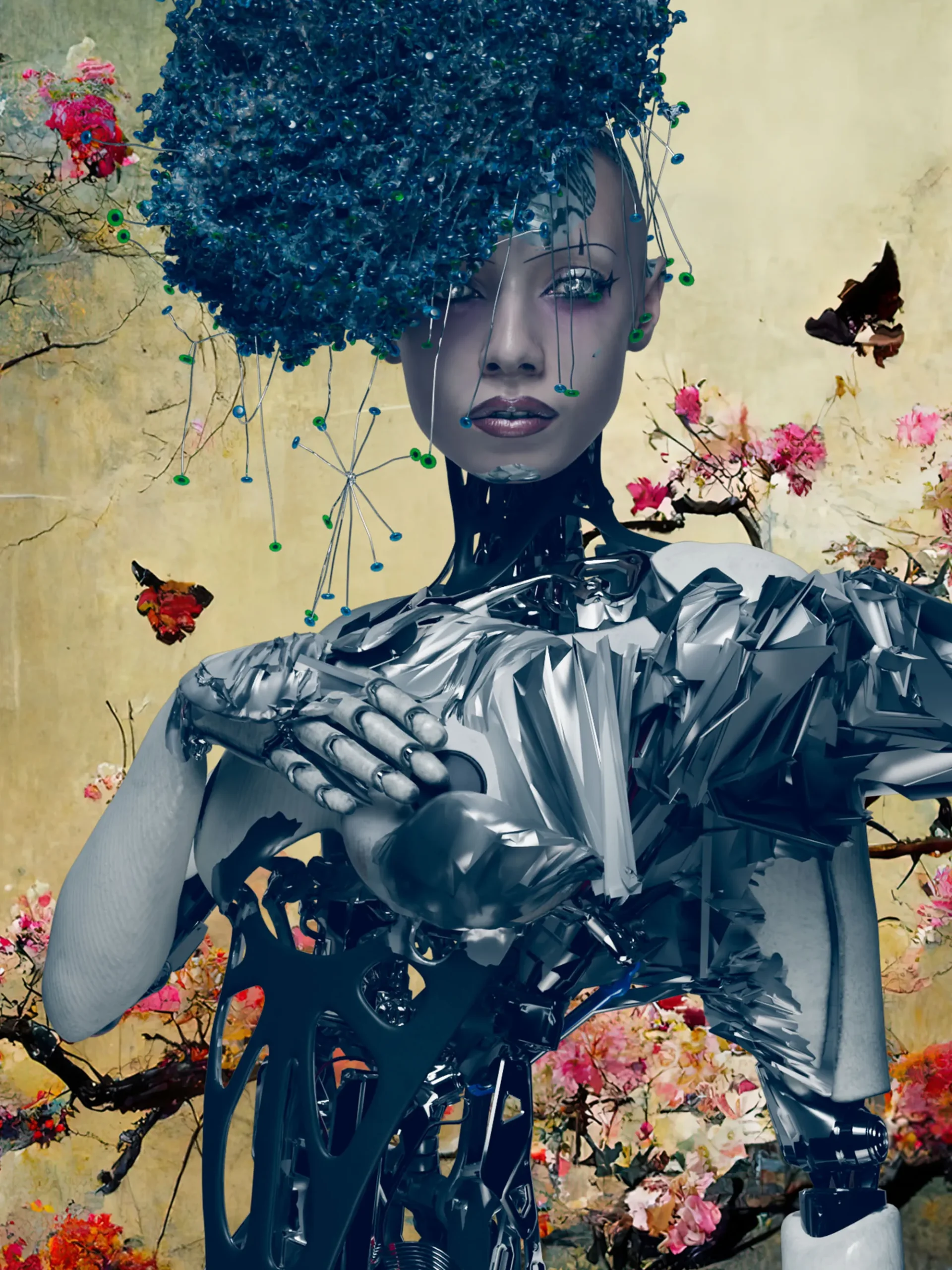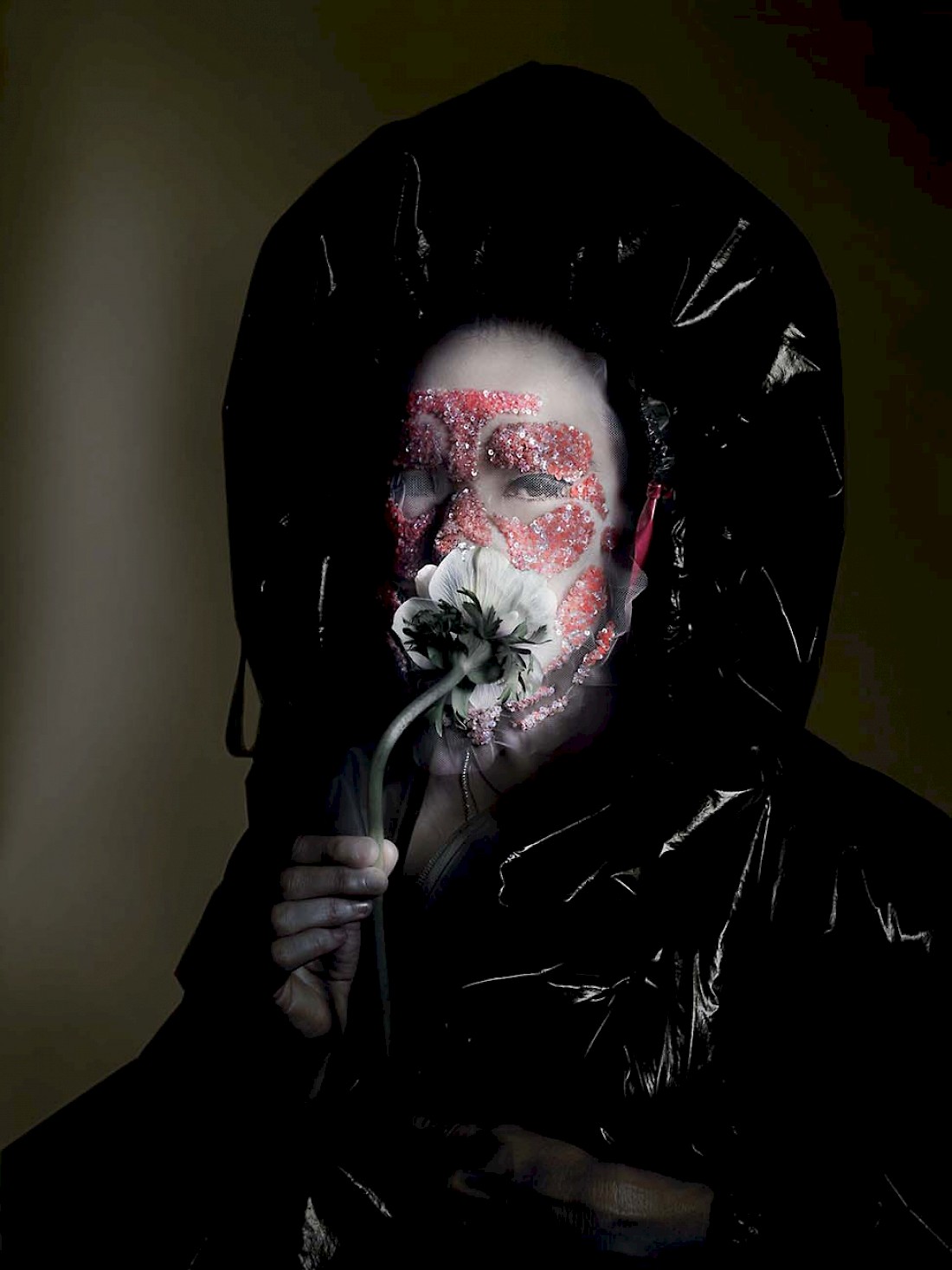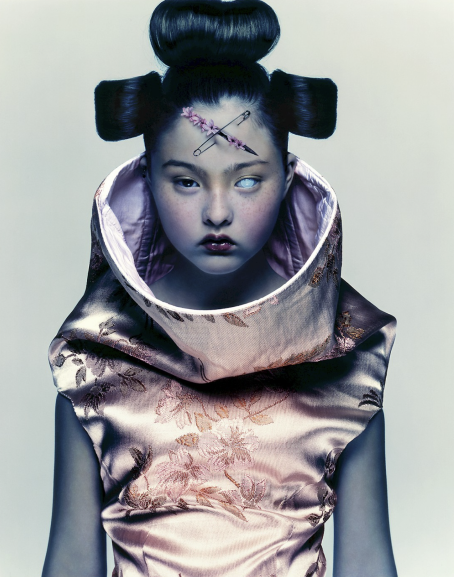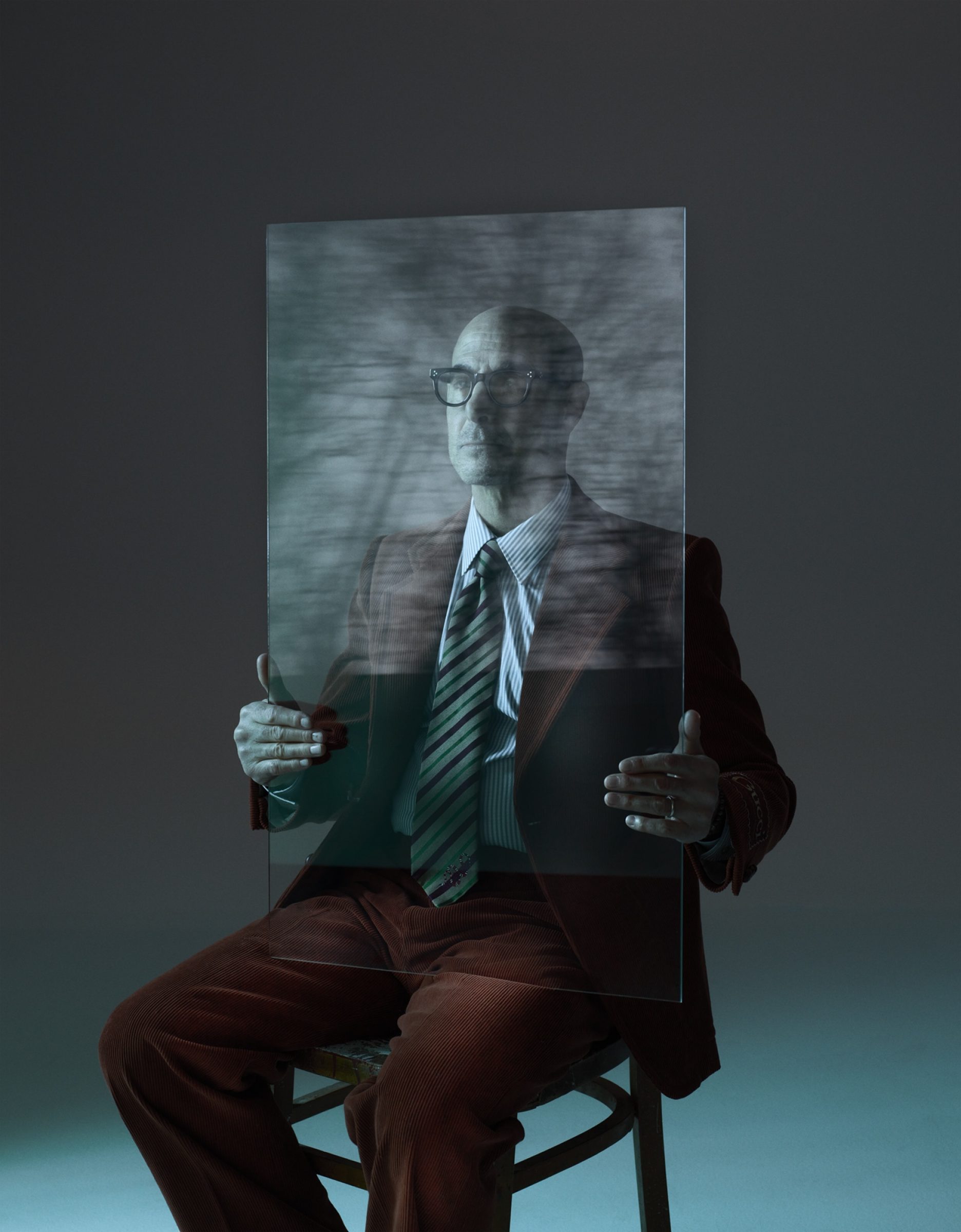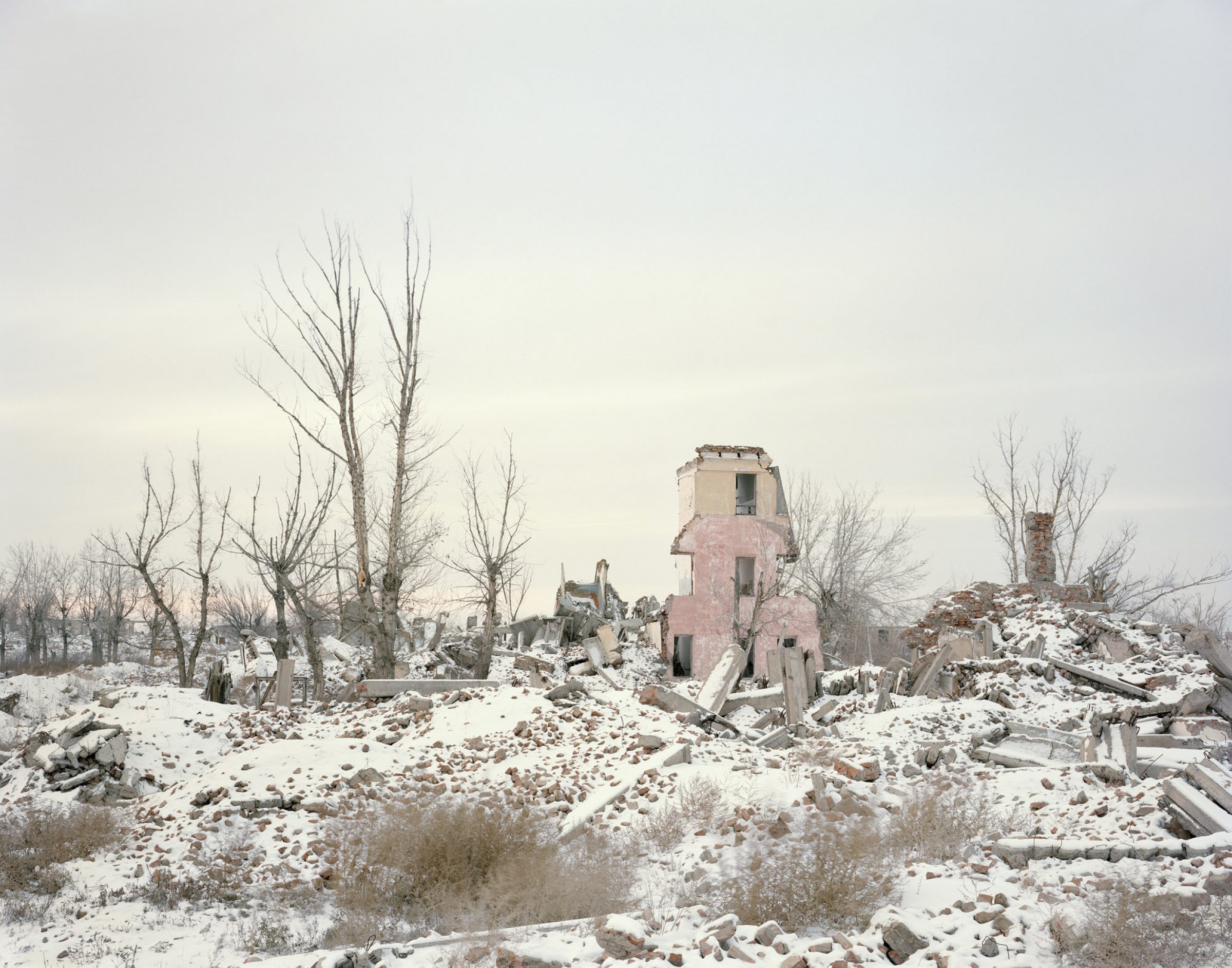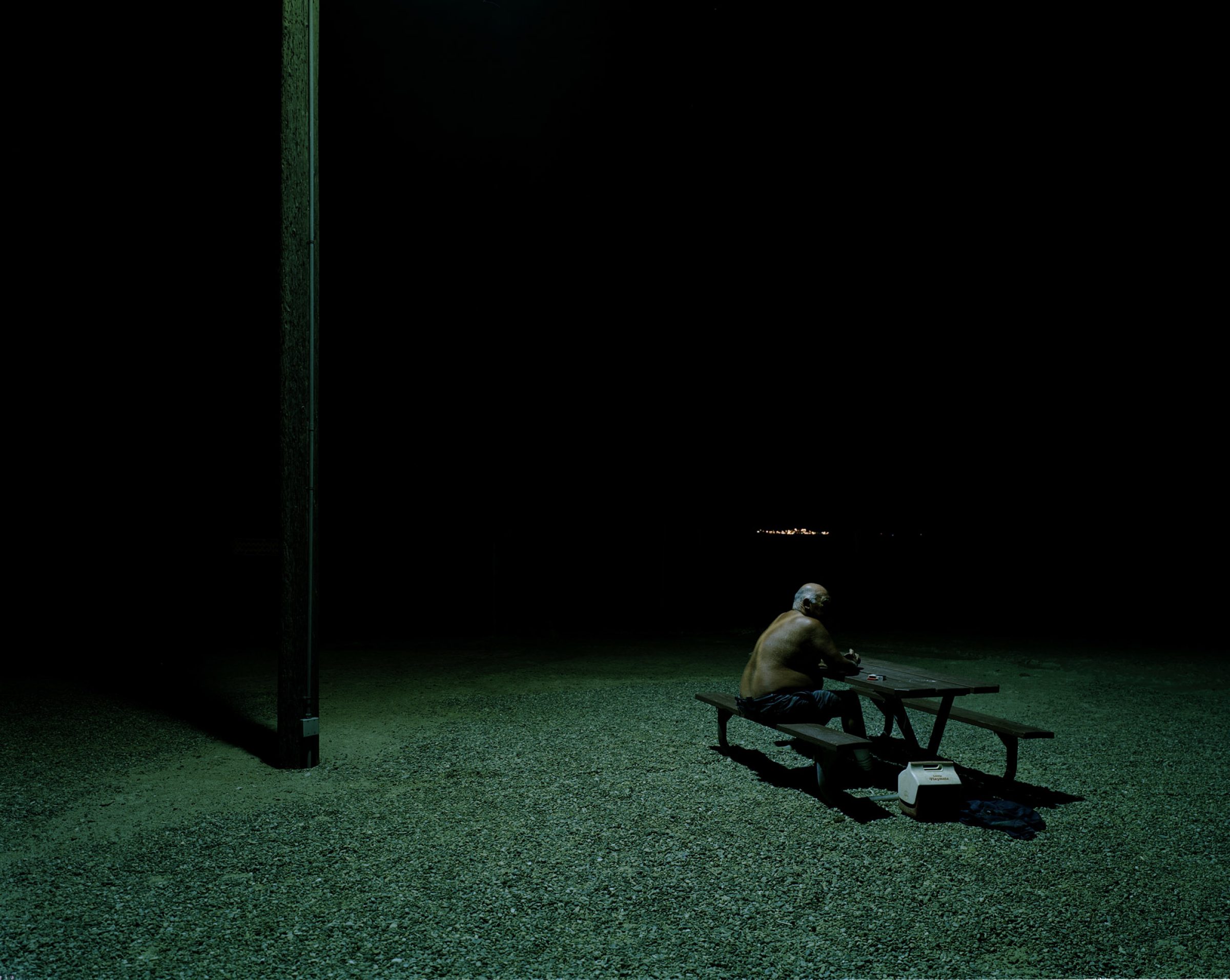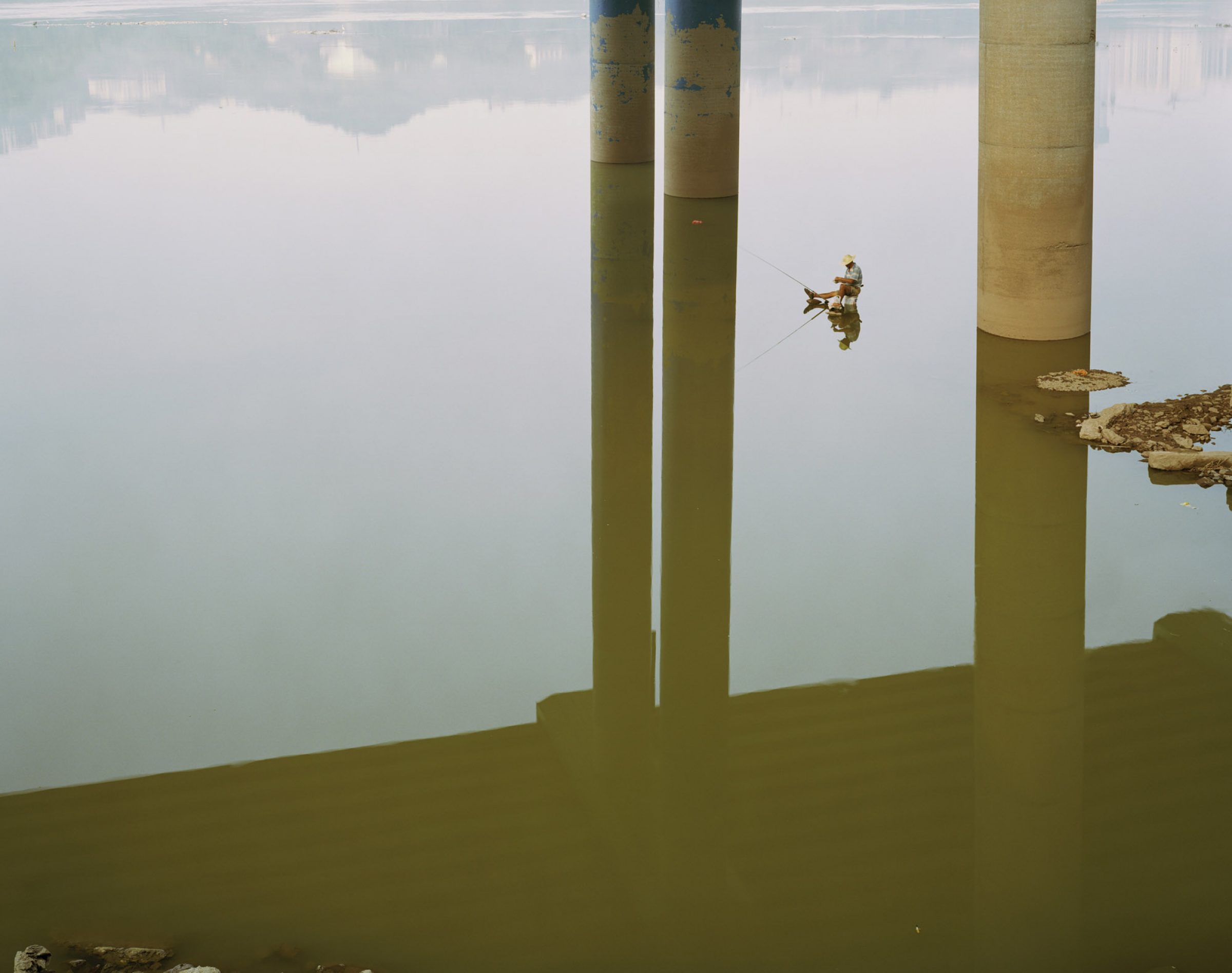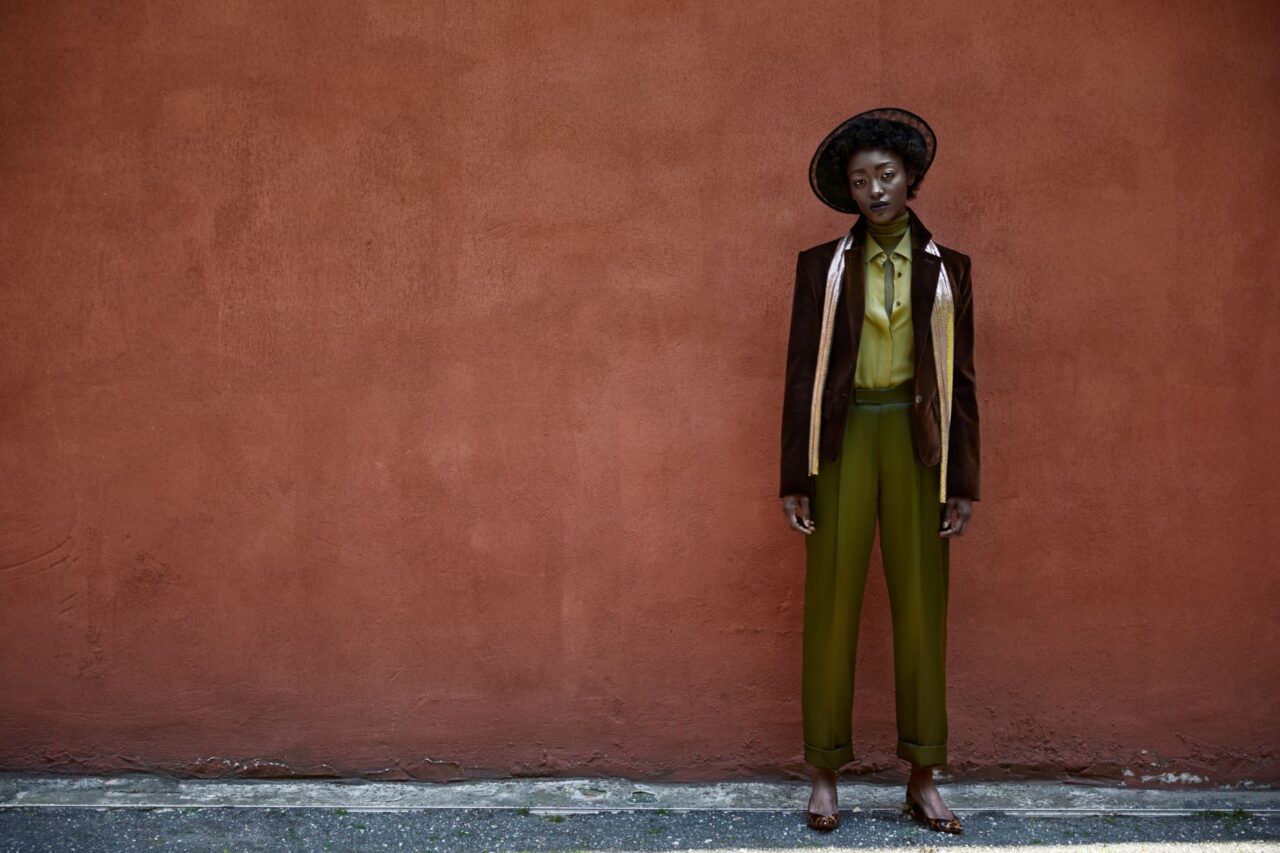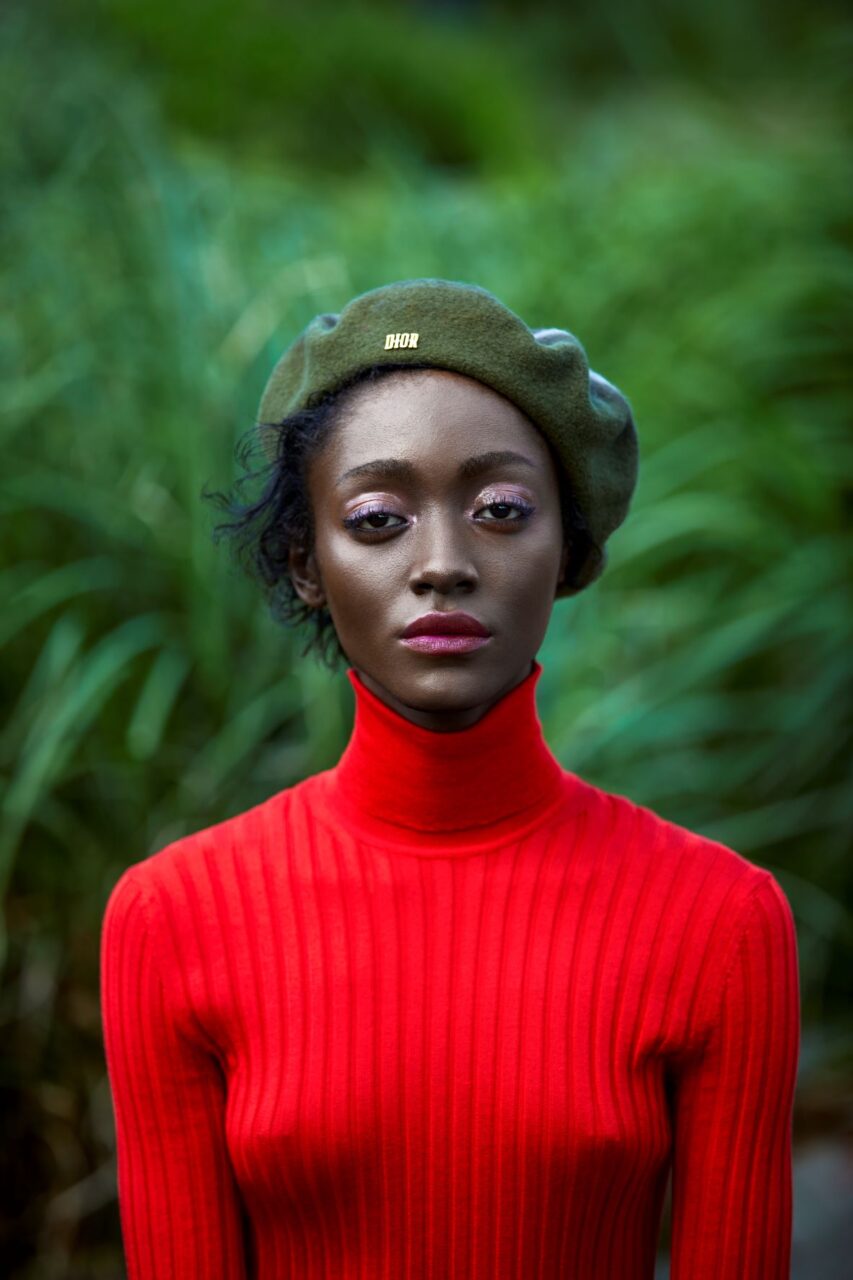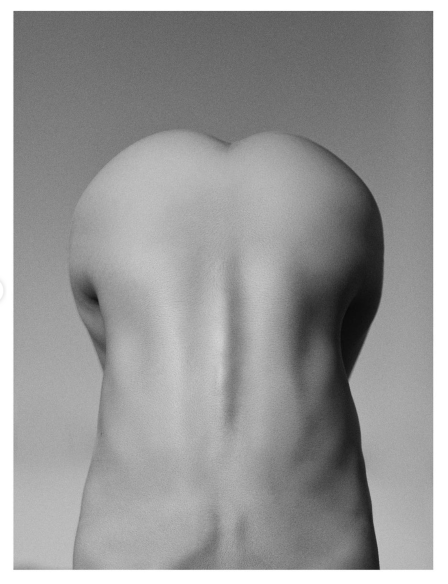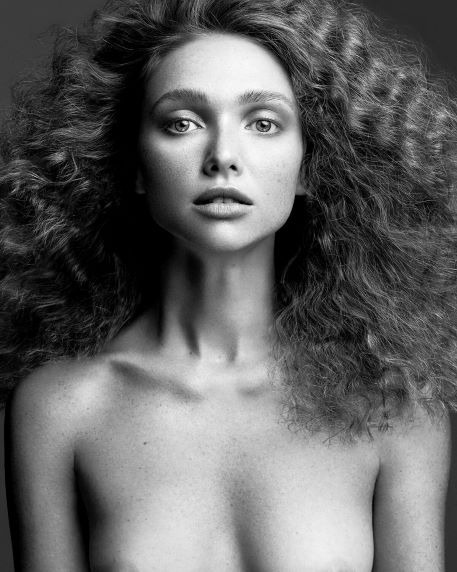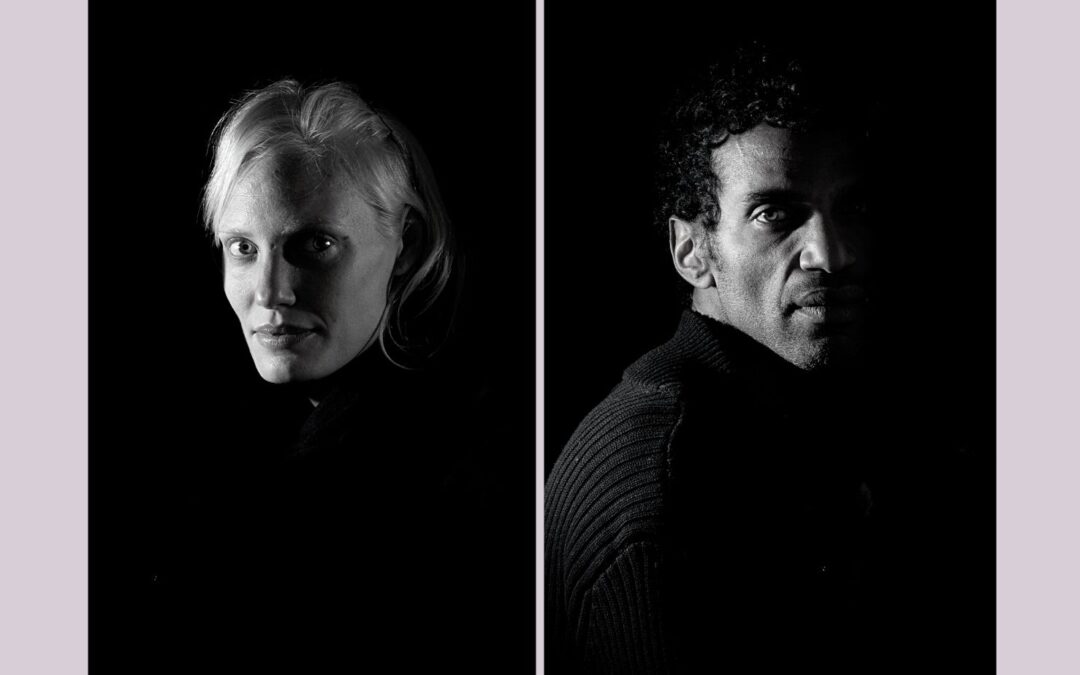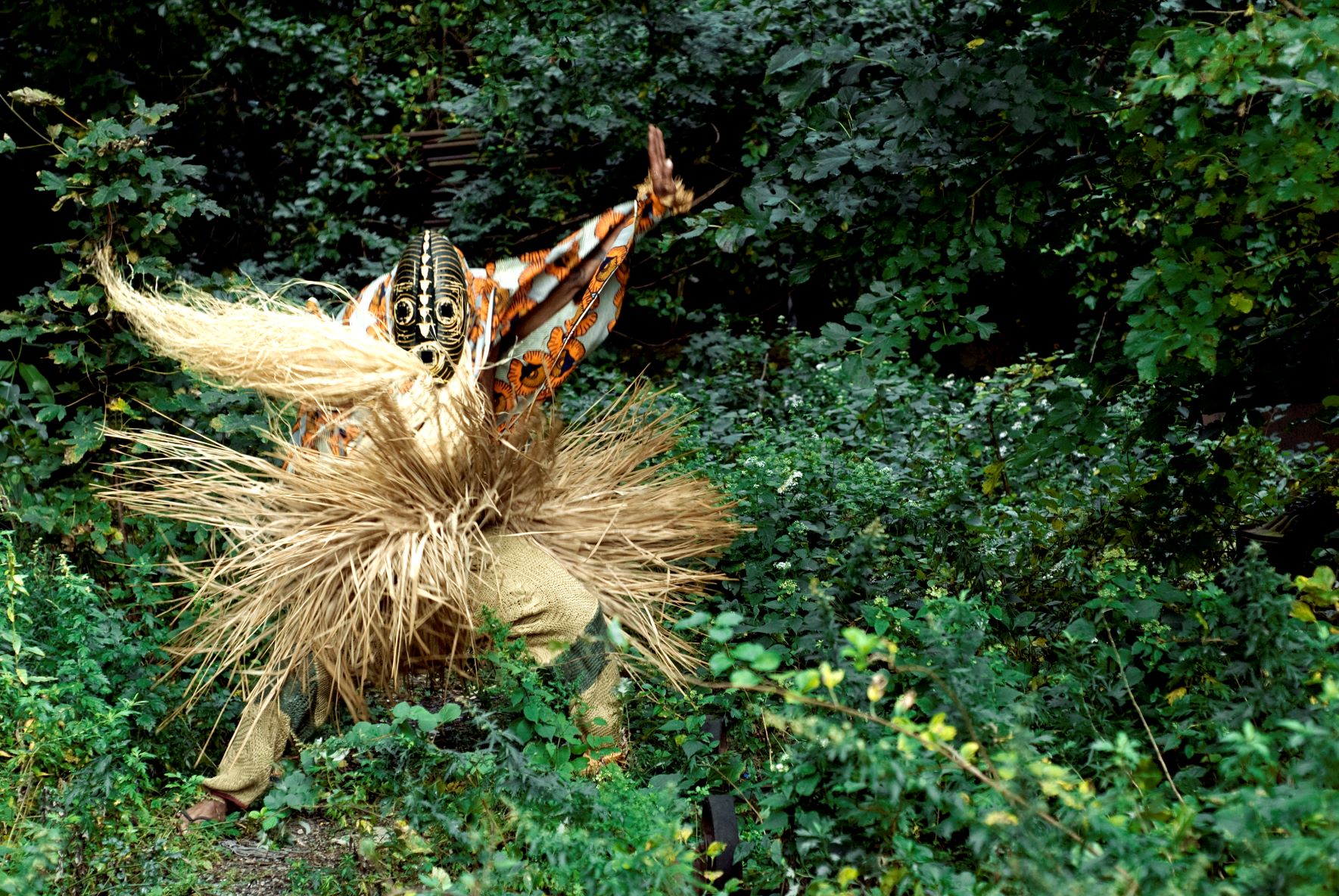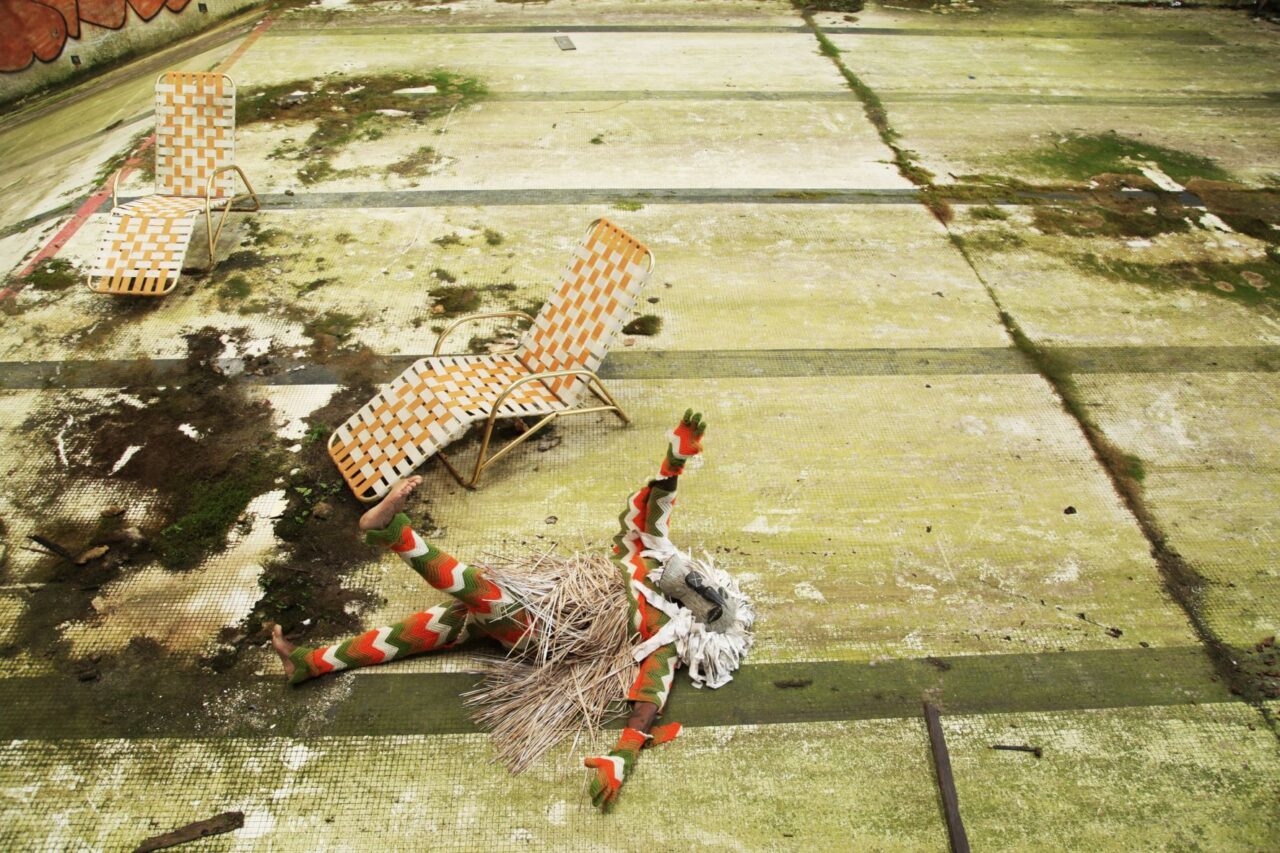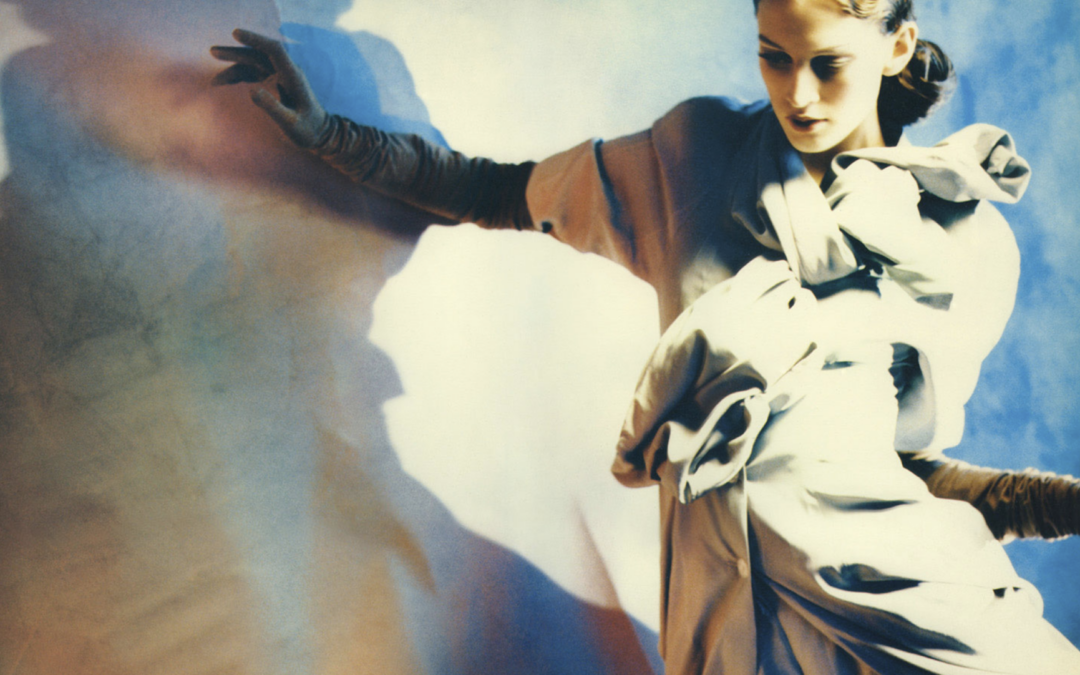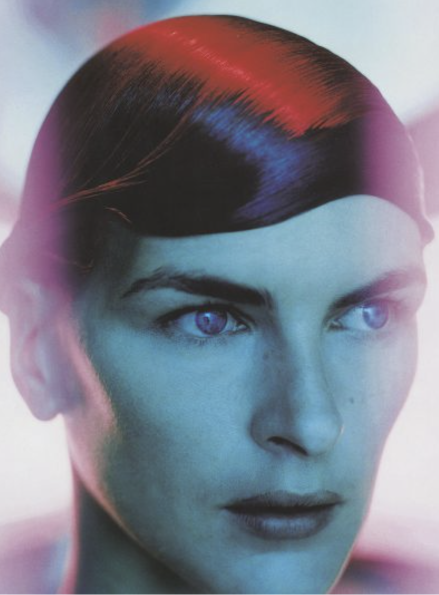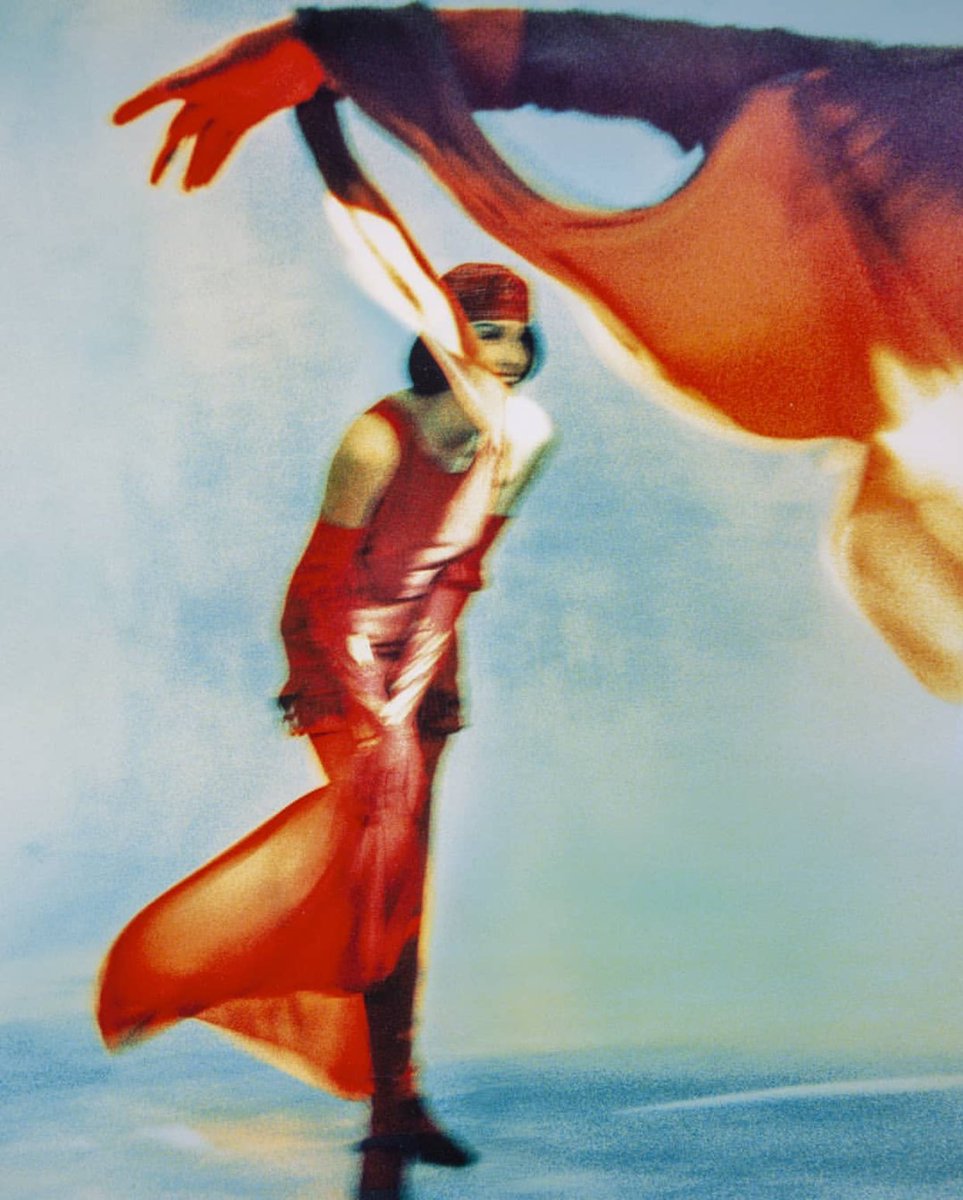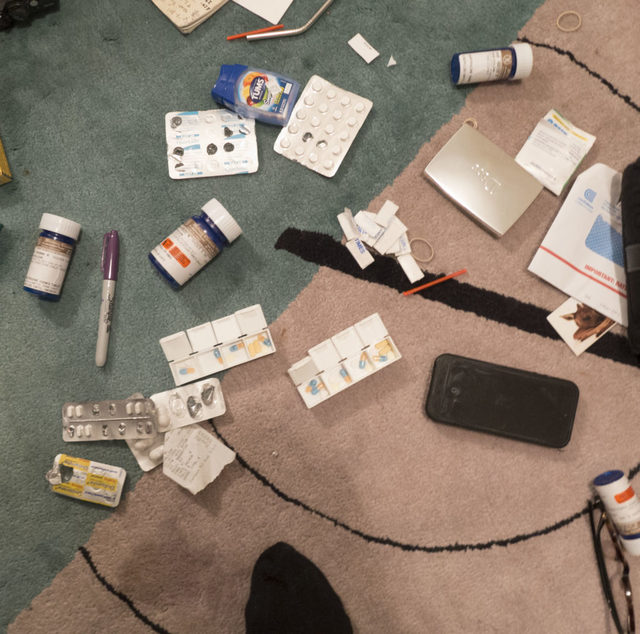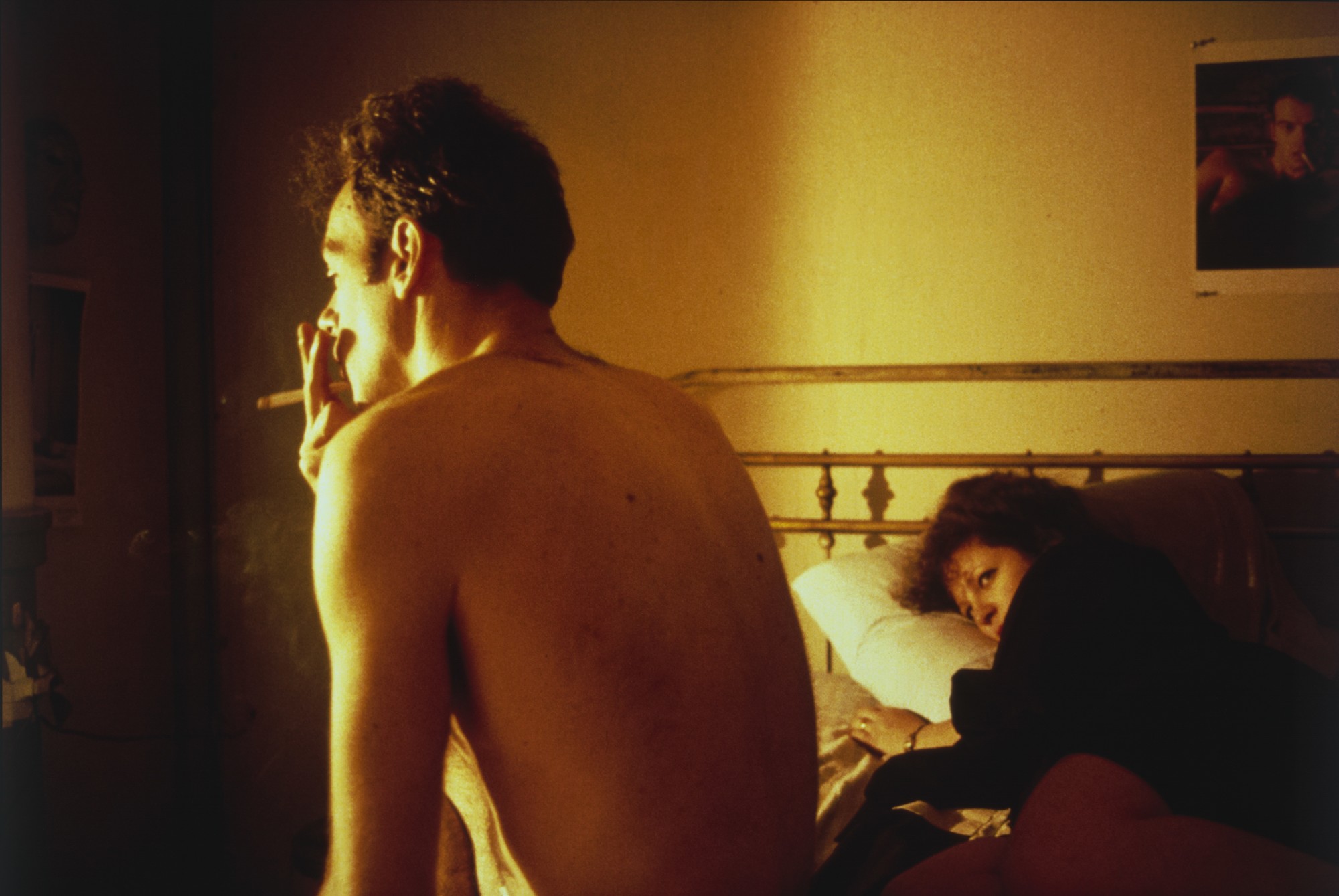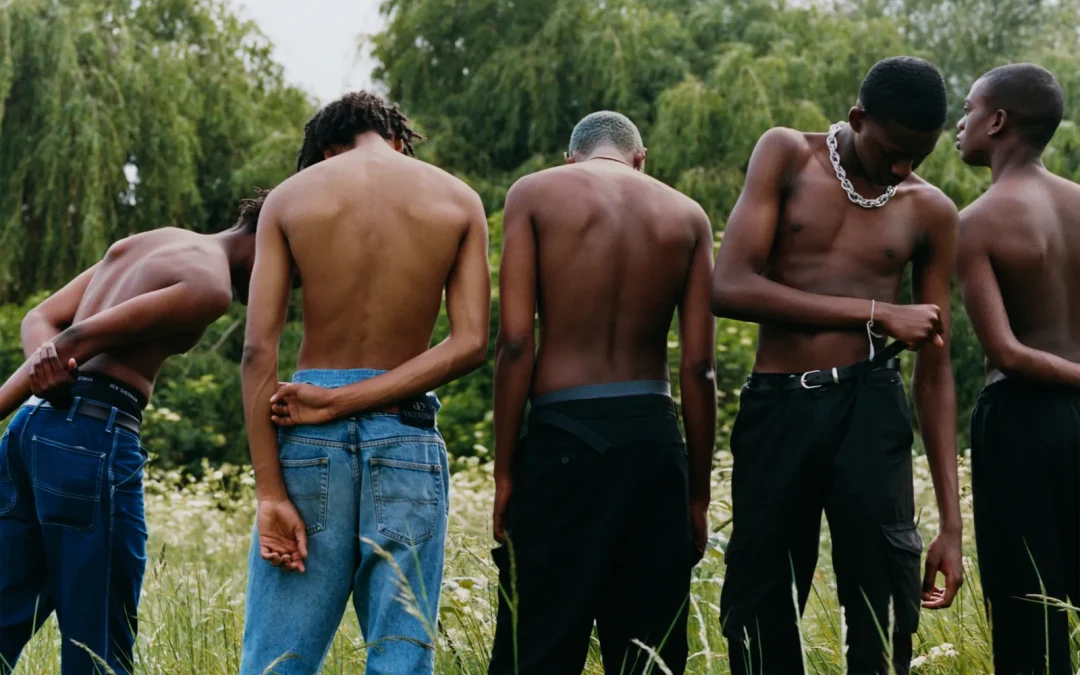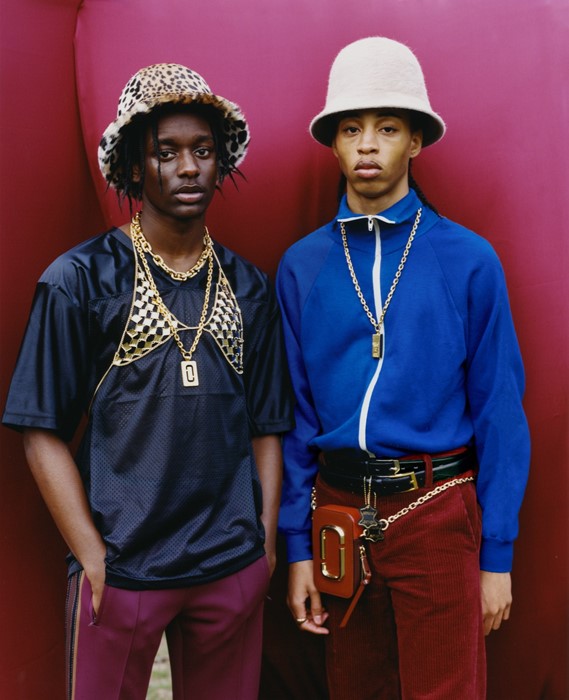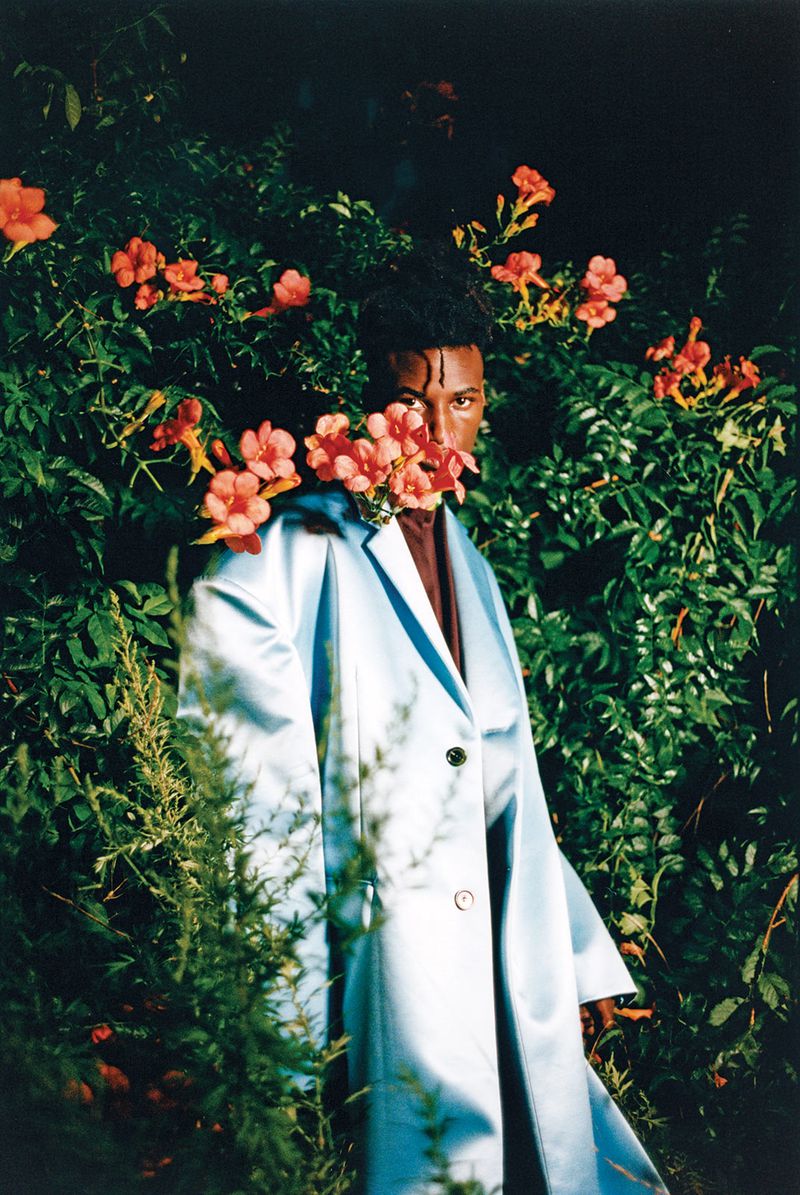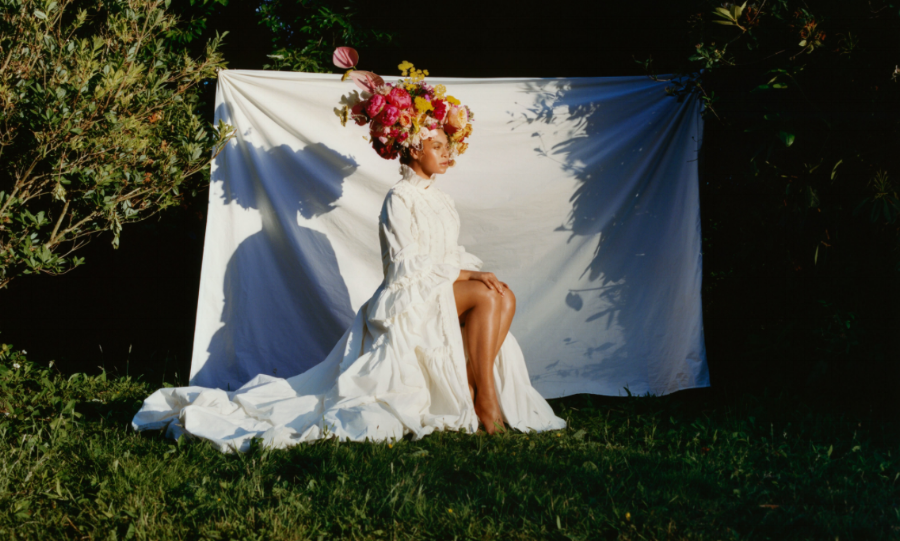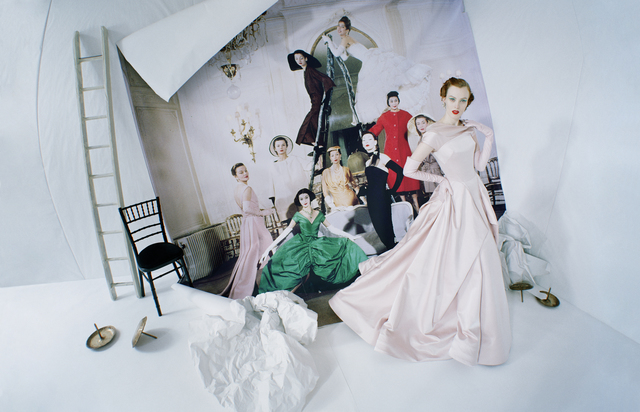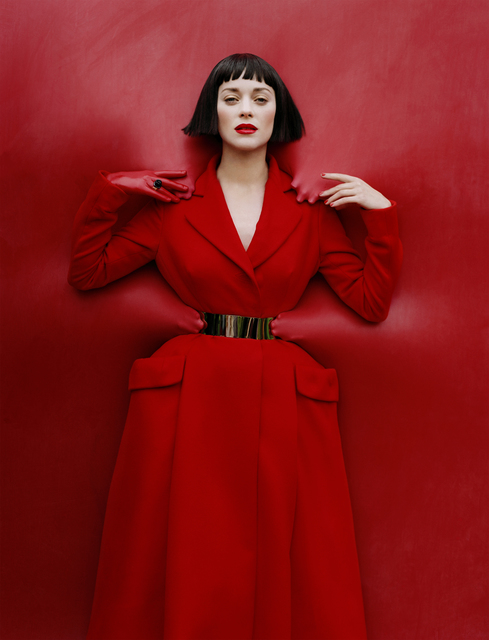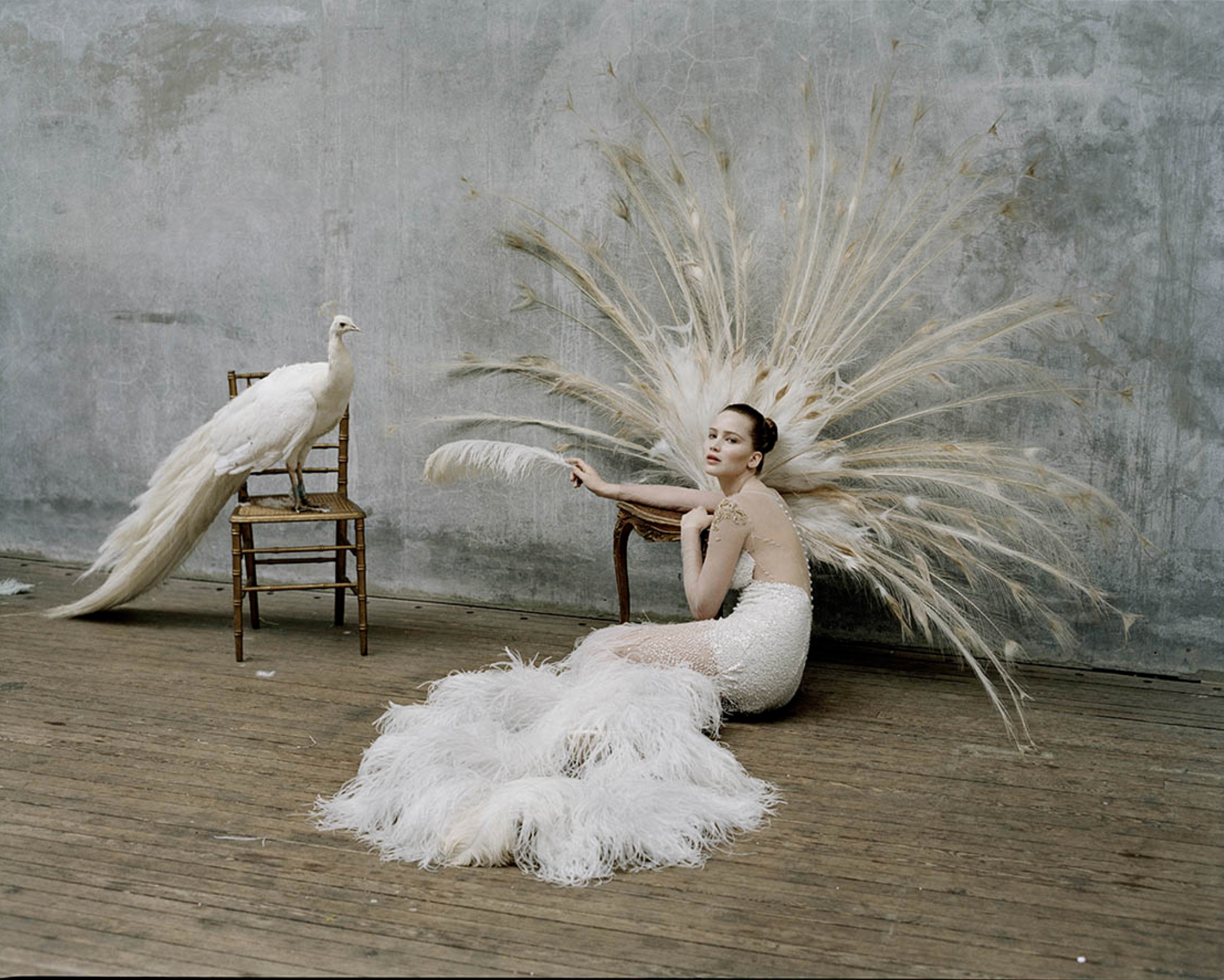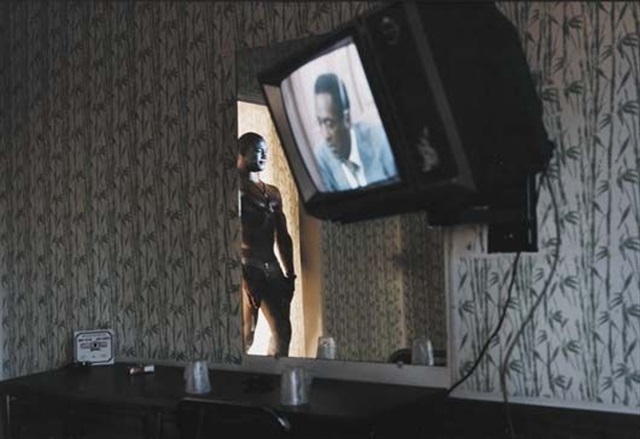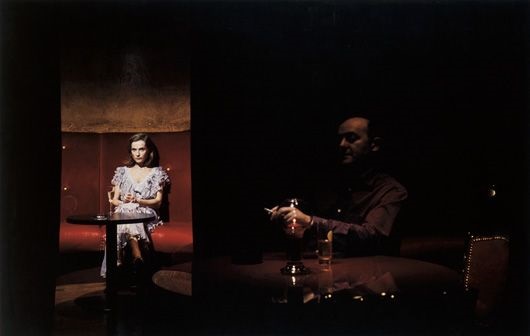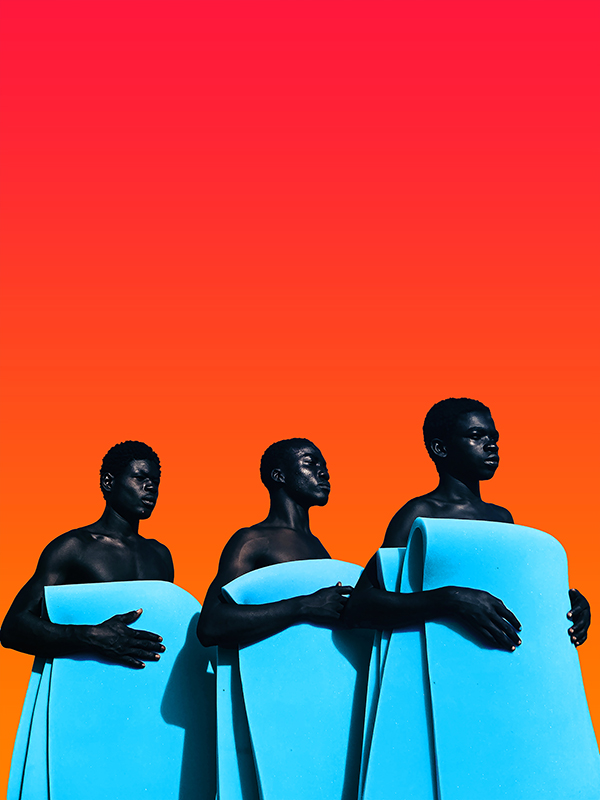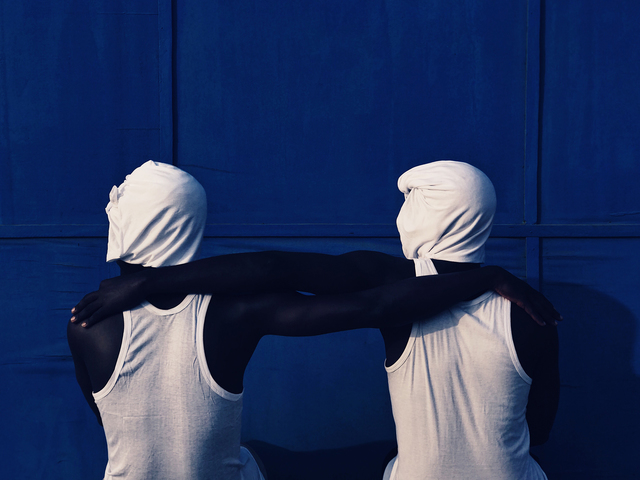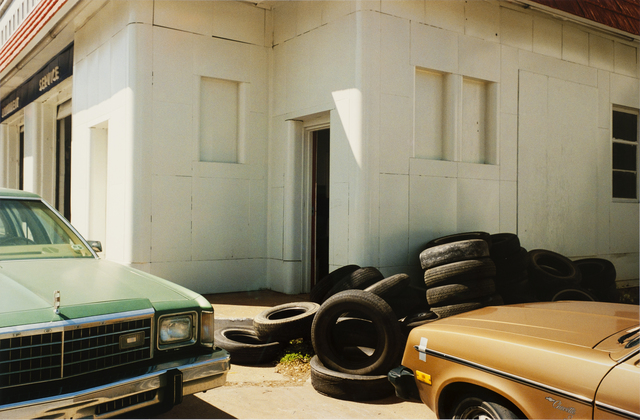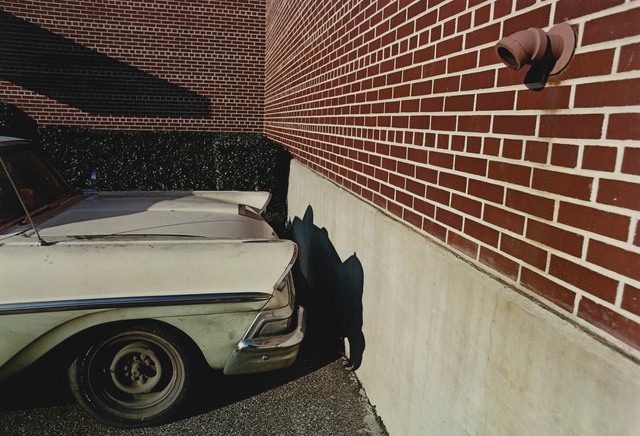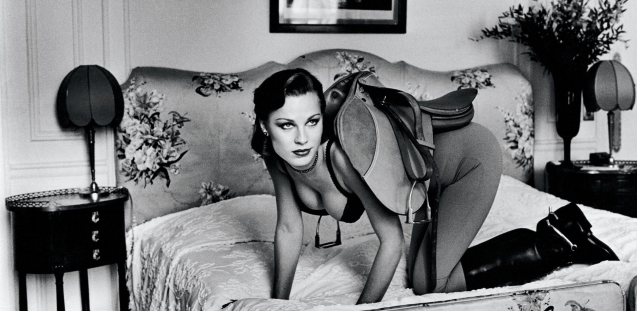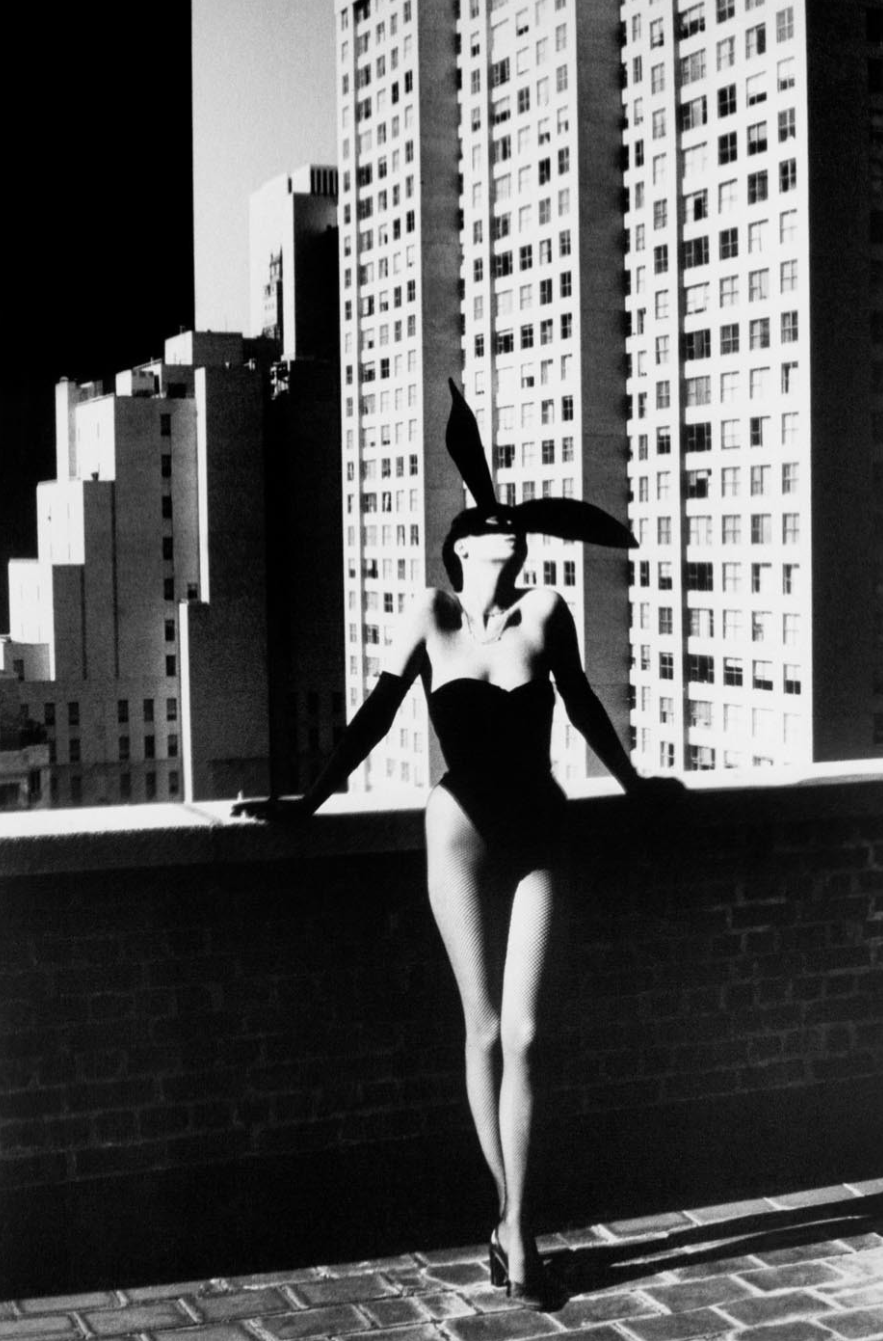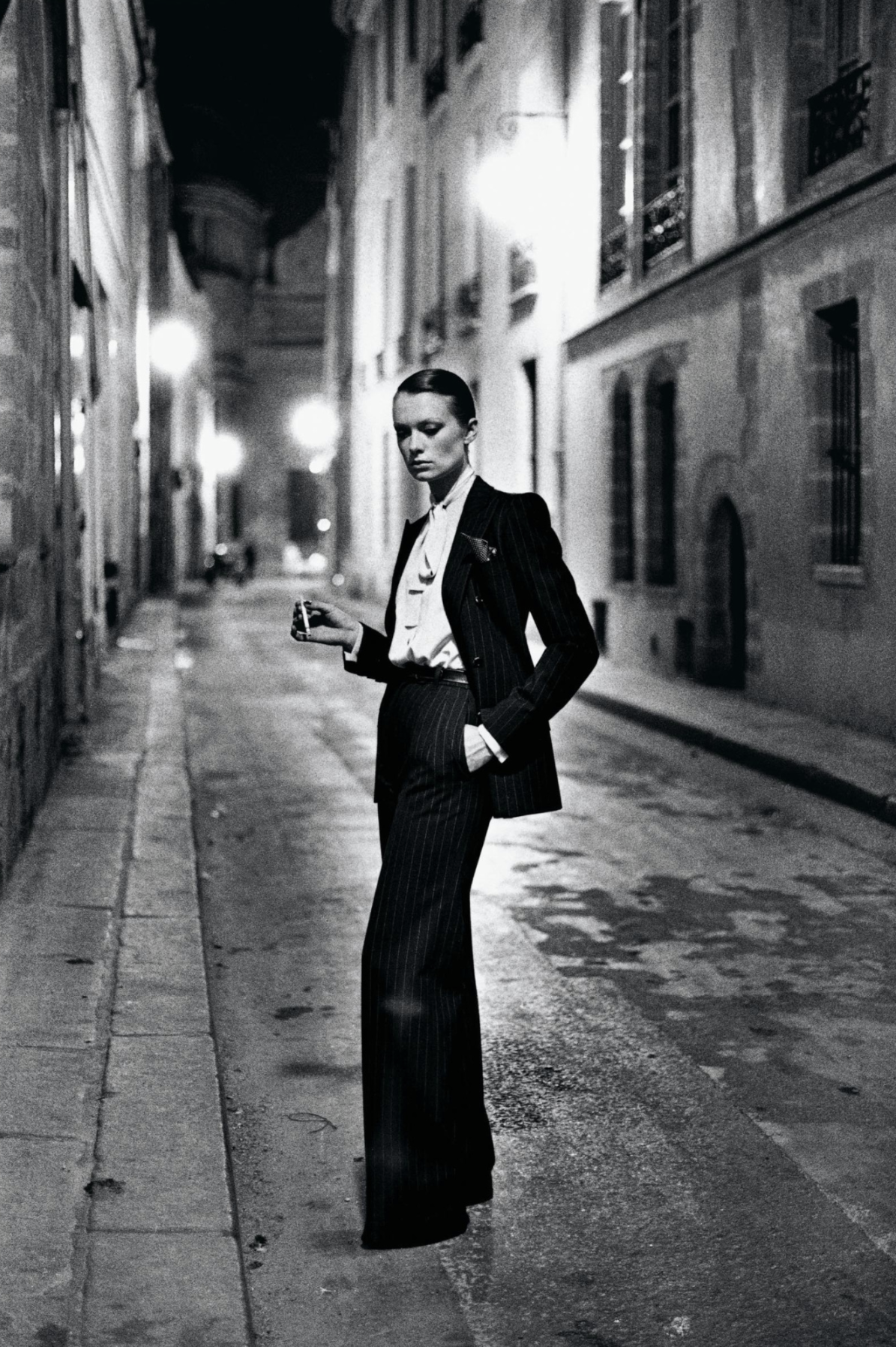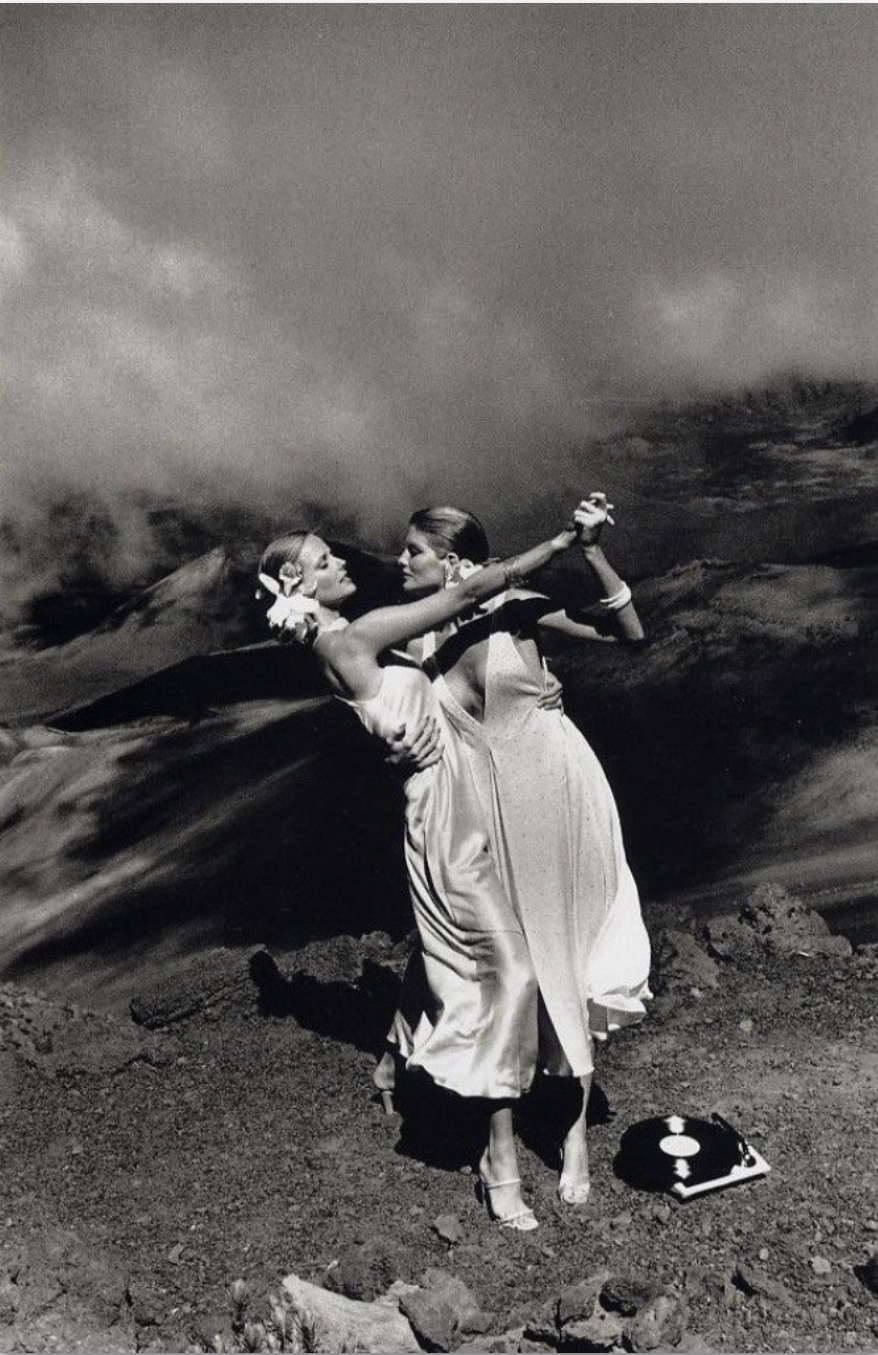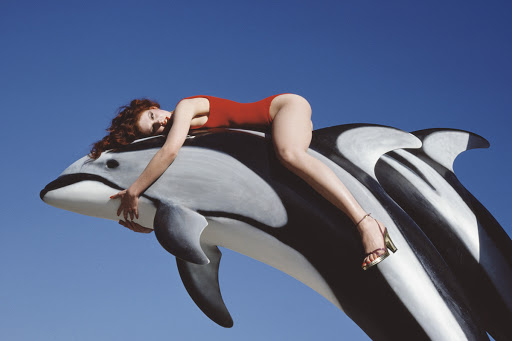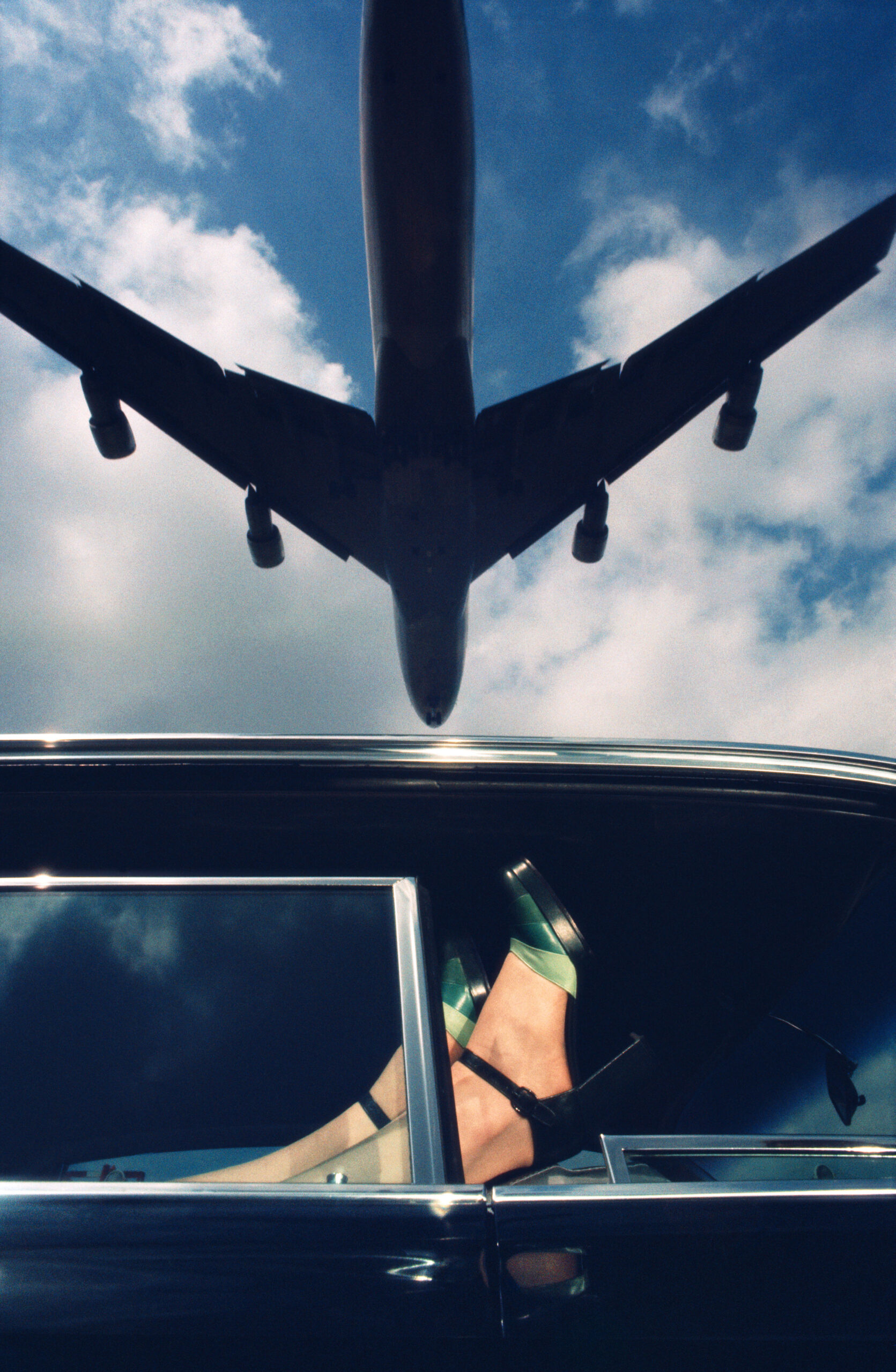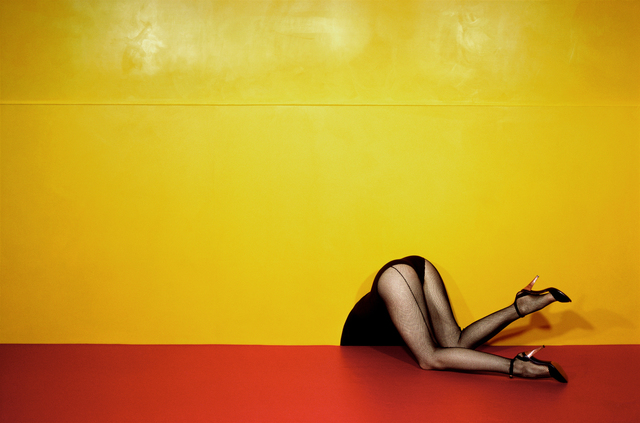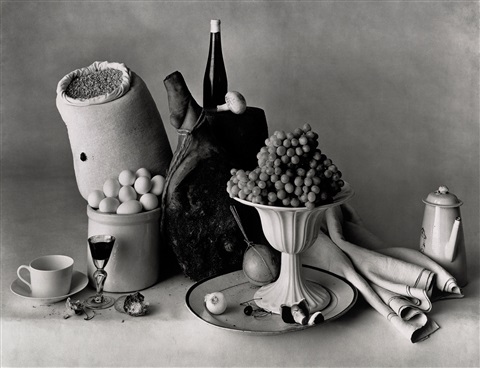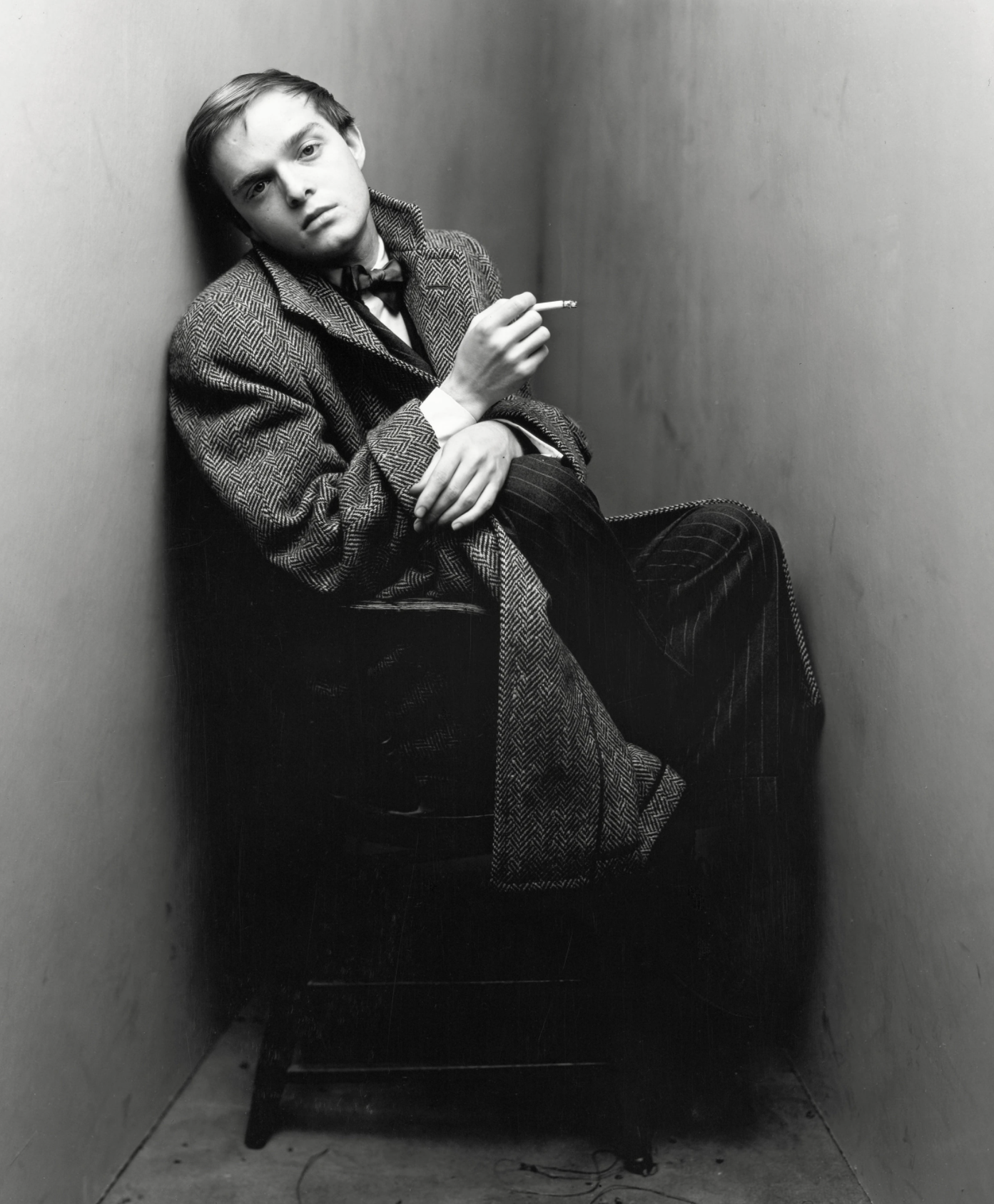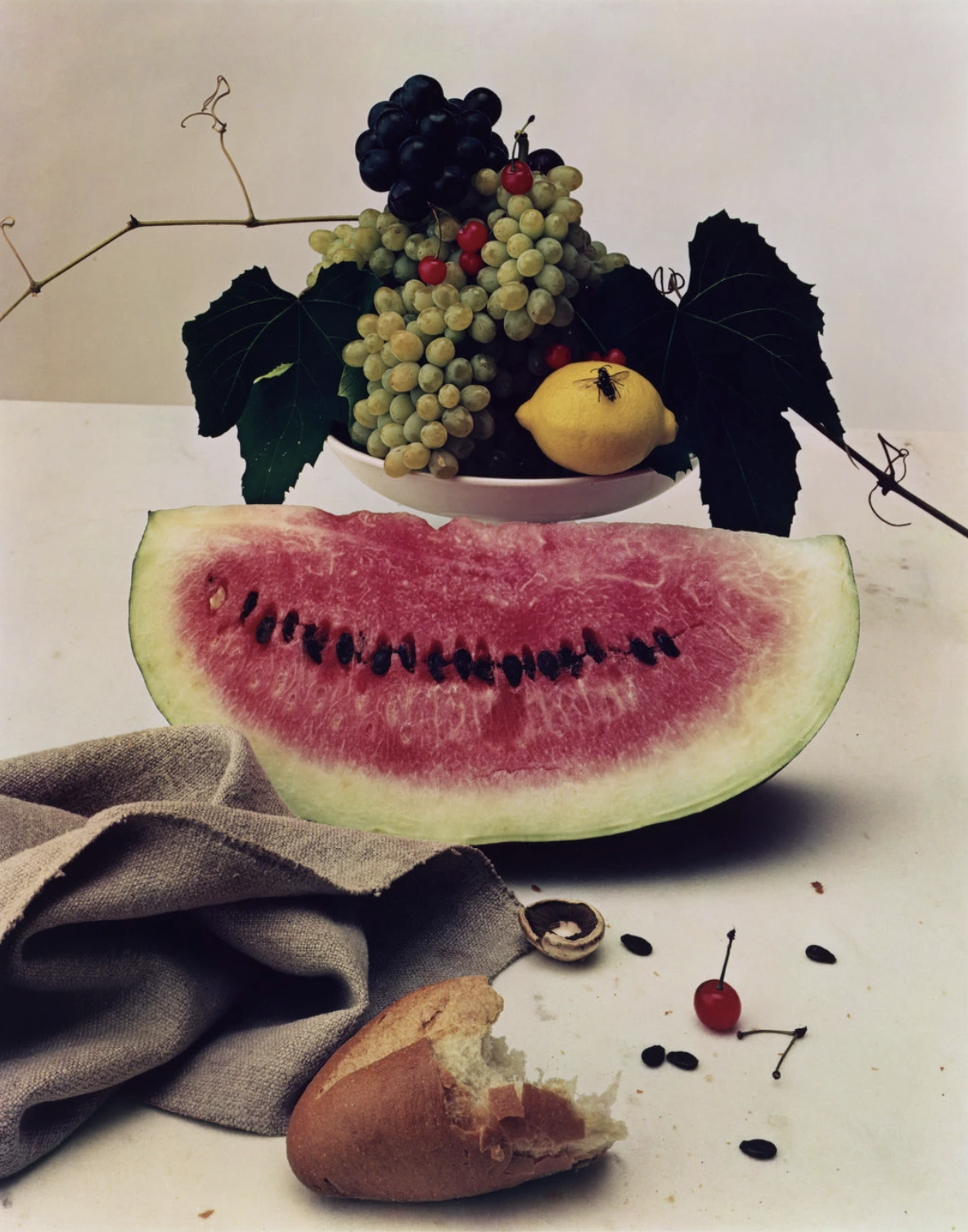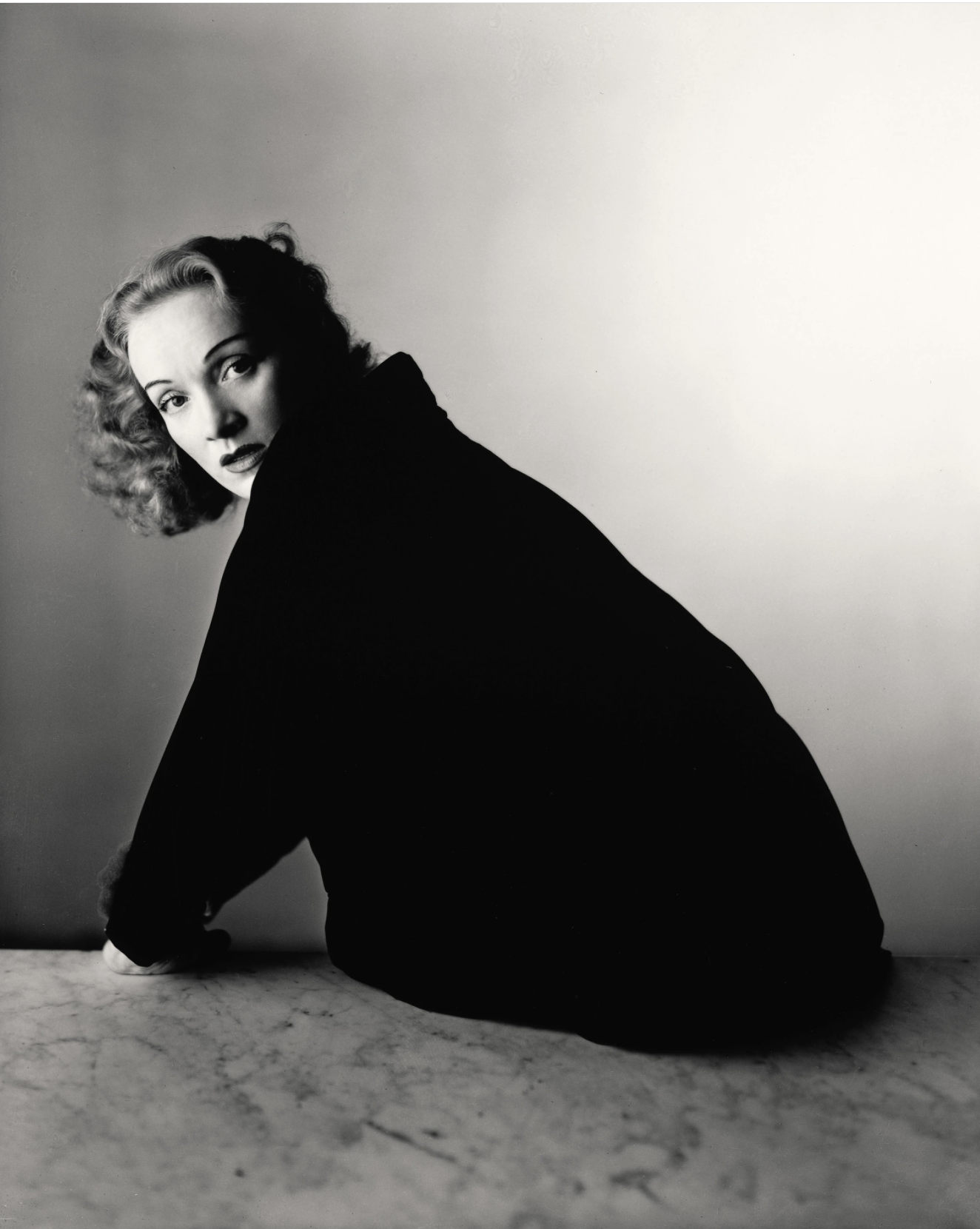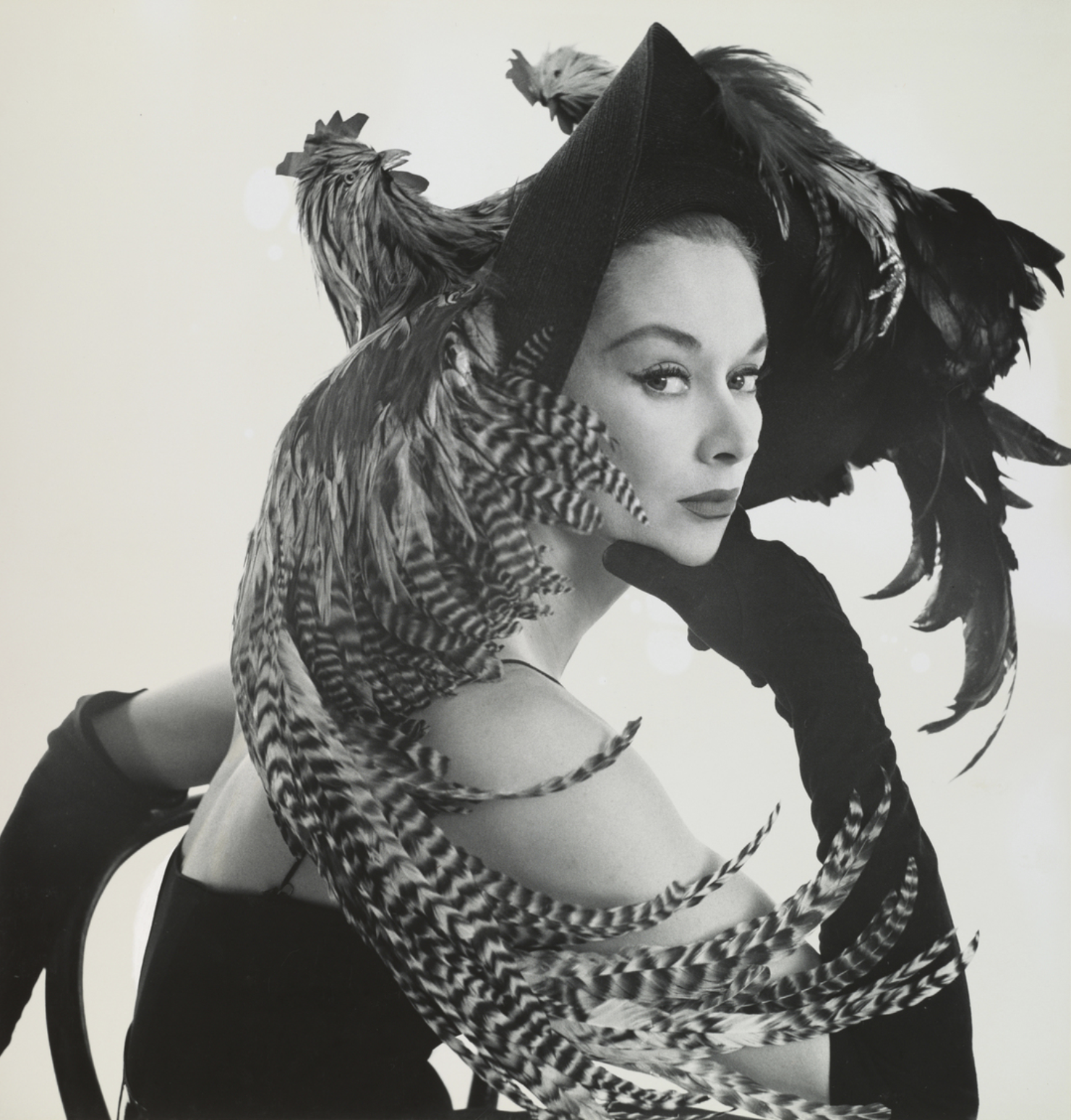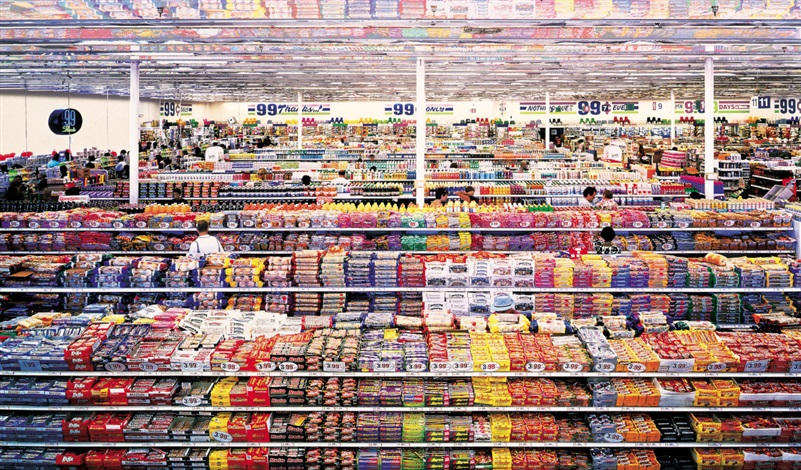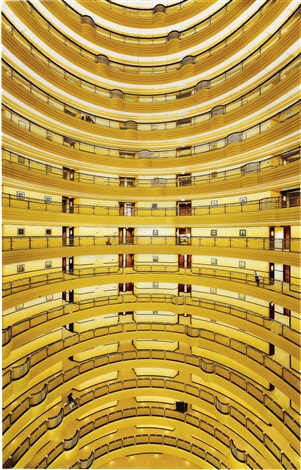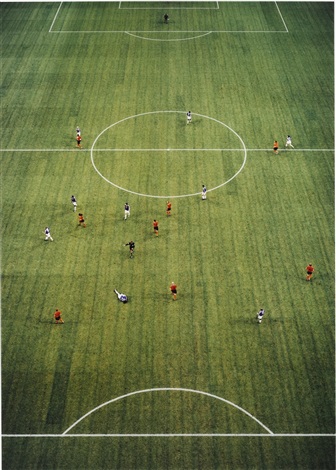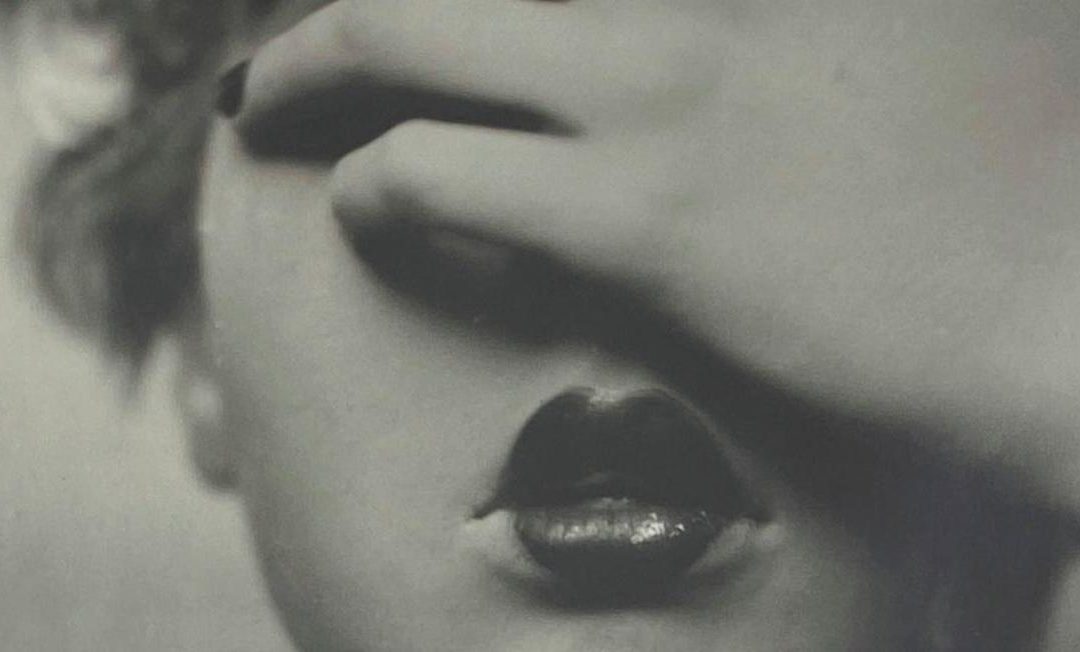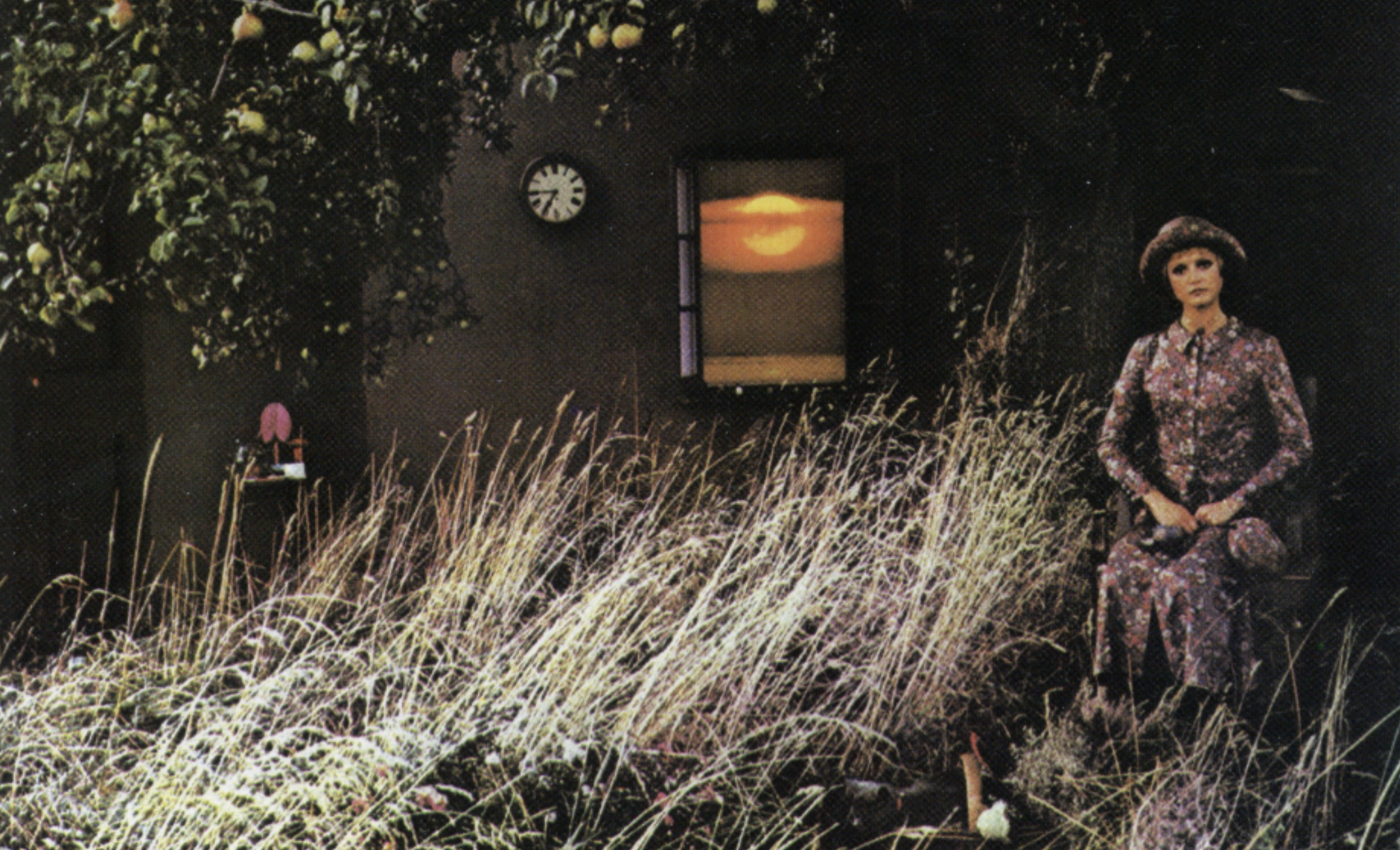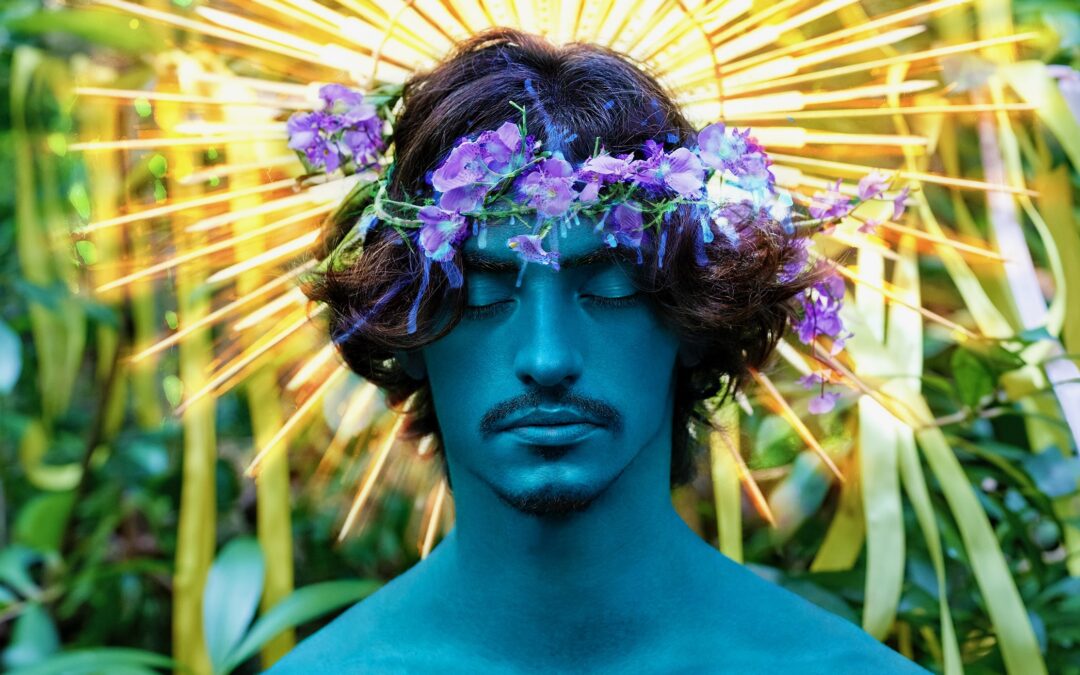
Photographers I Love: David LaChapelle
David LaChapelle’s over-the-top images blend art, fashion, pop culture and representation. At first glance, they may appear superficial (and even kitsch), but beneath the glitter is a throve of meaning – with a good dose of sex and humor thrown into it!
THE EARLY YEARS
LaChapelle was born in Connecticut, on March 11, 1963. If you’ve never been to Connecticut, think of the movie Pleasantville – all so white, all so straight. He would later recall being bullied and feeling the pressure to conform.
When his family moved to North Carolina, the bullying got worse, and David ran away to New York. The city promised freedom. It was a place of unbridled creativity, where self-expression was the essence of life. David worked briefly as a busboy at Studio 54, a high temple of celebrity and debauchery back then. His art would later blend fame and sex with the same abandon as the one he had witnessed at the infamous club.
David LaChapelle eventually went back home to attend high school at the North Carolina School of the Arts. There he studied painting but left the brushes behind to pick up a camera. High school over, he went straight back to New York and moved there in 1980 at age 17.
Art student by day, nightclub fixture by night – David LaChapelle delved deeper into the vibrant art world and the equally vibrant LGBTQ+ scene of the time. His frequent presence at drag balls at the Pyramid Club fueled his imagination and creativity. He sat at the epicenter where questions of self-expression and identity came into focus in the US. Long gone was the conformity of the 1950s and 1960s, when strict gender norms ruled, and anyone deemed different was ostracized. Reflecting on his early experiences, David LaChapelle remarked, “New York in the ’80s was a kaleidoscope of stories, each corner telling a tale, and every person a character in a grand narrative.”
An early gallery show landed him a job shooting for Interview, Andy Warhol’s magazine. His work was noticed, and other magazines and ad clients came soon knocking on his door.
“Photography is communication. It’s about saying something powerful with an image.” David LaChapelle
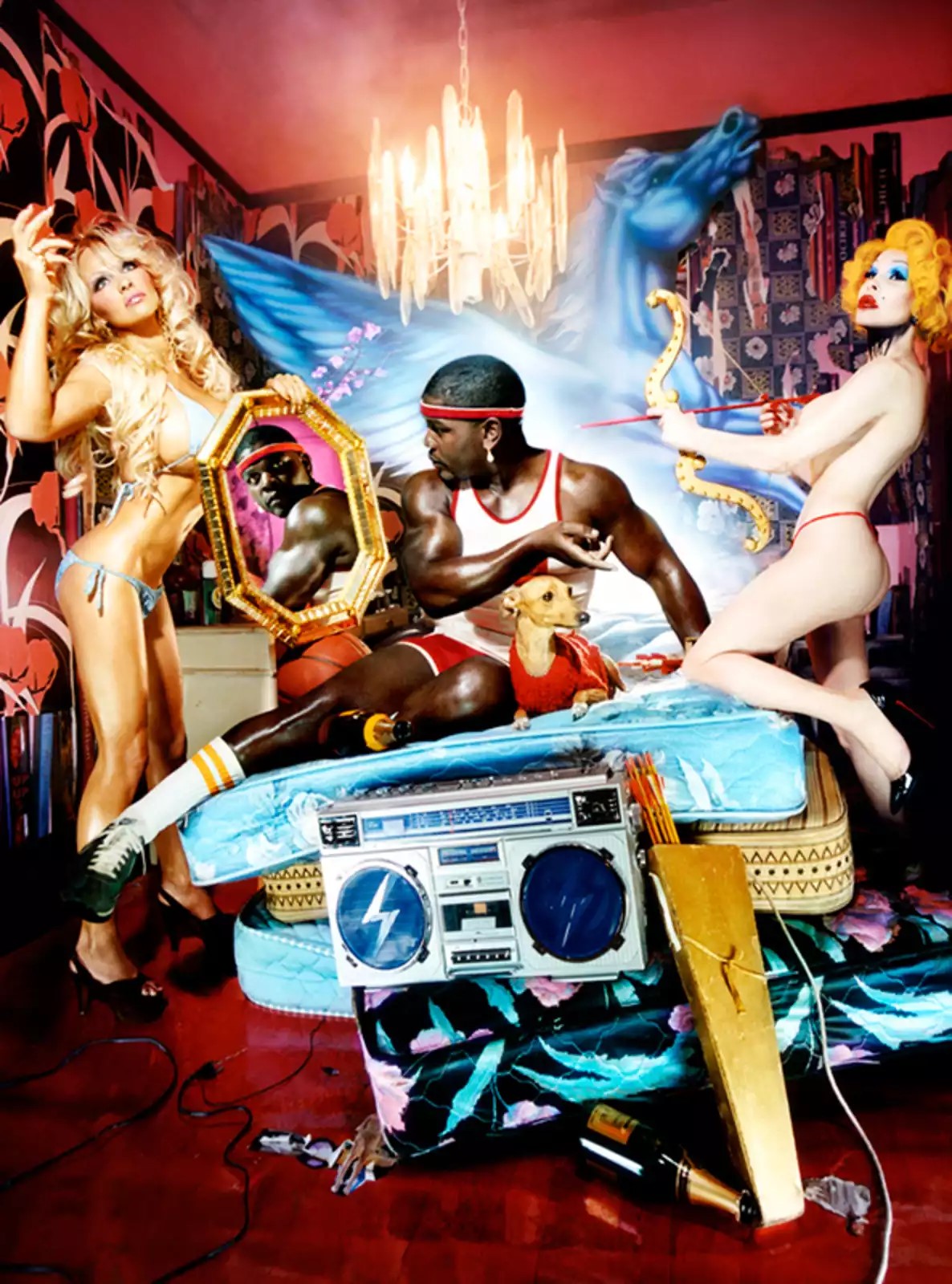
SIGNATURE STYLE
David LaChapelle’s work is both surreal and hyper-realistic. It’s sexy and fun, provocative and thought-provoking. It reminds me of Guy Bourdin, but a Guy Bourdin on steroids (if you can imagine!). It mixes Catholic imagery and gay porn references. It’s profane and sacred. It verges on kitsch while referencing classical paintings… In short, it’s a magnificent chaos! Or, as an art critic called it, “kitsch pop surrealism.”
His sense of color is unique and arks back to when he used to hand paint his negatives before processing them. Imagine the skill such a task requires. How long it would take. How tedious it must have been!
David LaChapelle’s ability to create extraordinary narratives became his signature style. His mise en scene became more elaborate as years passed (and budgets grew). As a former producer for photo shoots, I also admire the work that goes into creating his fantasyland. He doesn’t construct his elaborate setups on a computer. He prefers shooting real locations and has his subjects interact with real props instead of standing in front of a green screen. Obviously, there is postproduction in his images – some elements are stitched together on a computer, and colors are now tweaked digitally. But Dave LaChapelle still captures as much as possible on camera. No CGI here even if the resulting images may look too unreal to be true.
“I’ve always tried to push the boundaries of what photography can be and do. It’s not just about documenting reality; it’s about creating it.” David LaChapelle
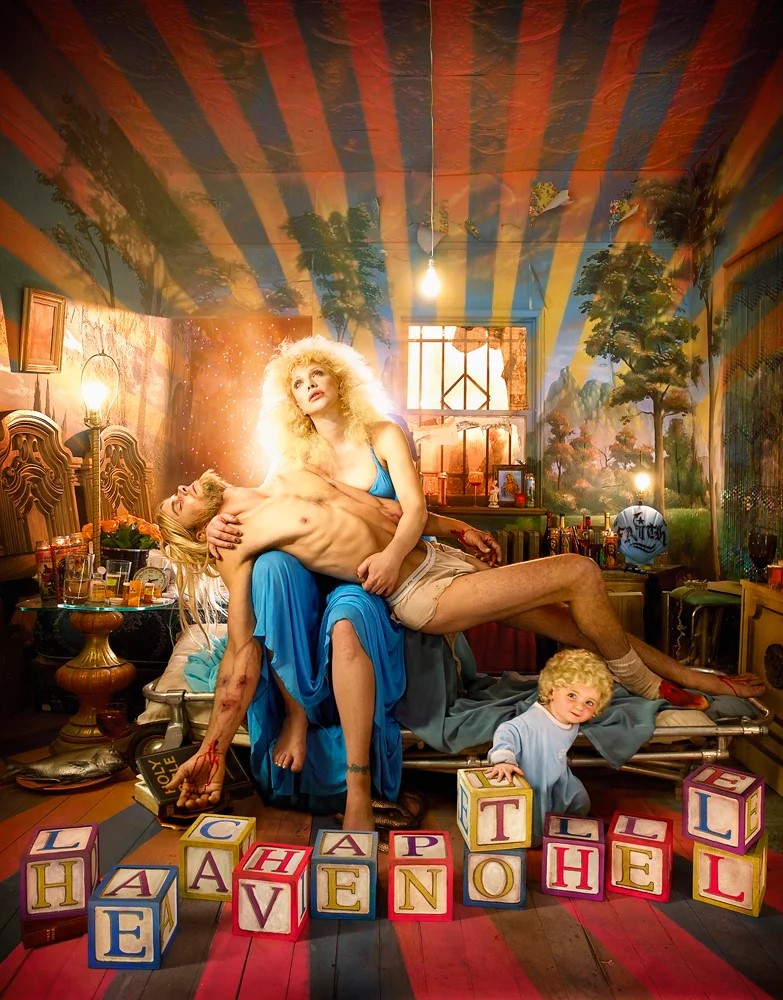
CULTURAL COMMENTARY THROUGH IMAGERY
Under all the glamour and fun, LaChapelle’s work explores themes of gender identity and advocates for acceptance. He brought LGBTQ+ aesthetics to the mainstream with his hyper-glamourous and sexed-up subjects. Tellingly Amanda Lepore has often appeared as his muse. Known for her exaggerated femininity and outrageous fashion style, the transgender icon embodies the intersection of beauty, gender, and artifice that characterizes much of LaChapelle’s work.
His images mix Surrealist, Catholic, erotic and gay references in a hedonistic frenzy. His mother hailed from Lithuania, a deeply catholic country; no doubt the images of a semi-naked Jesus on the cross he grew up with left an indelible mark on him. This is evident in “Jesus is My Homeboy,” which portrays Jesus in modern-day scenarios, interacting with everyday people. The images are a visually arresting commentary on modern life and religion.
David LaChapelle often faced controversy for his sacrilegious and pro-queer images. But he never wavered. In 1995 he photographed two sailors kissing for a Diesel perfume ad. It was the first time a gay kiss appeared on an ad. When you live in New York or other progressive places, you don’t think twice about two men kissing in the street. But that scene was revolutionary for many. The campaign launched during the debate over “Don’t ask, don’t tell,” a policy that prohibited people in the US armed forces from revealing their sexual orientation. The image was seen as a provocation and got LaChapelle a lot of hate. But it serves as a testament to his desire to normalize the LGBT+ community. No longer ostracized, derided or scorned, queer culture is now part of everyday life. Its mere visibility helps push forward acceptance and tolerance.
“I believe that art should liberate the soul, provoke the imagination, and encourage people to go further.” David LaChapelle

CELEBRITY COLLABORATIONS
His imaginative staged photographs continued gaining recognition. In 1991, The New York Times wrote, LaChapelle is certain to influence the work of a new generation…in the same way that Mr. Avedon pioneered so much of what is familiar today.”
I’m not sure the prediction came through as LaChappelle remains unique in his vision and how far he will go to turn his mad ideas into reality. Nevertheless, he indeed changed the game with his powerful use of high and “low” cultural references.
His move to Los Angeles doesn’t surprise me. It is after all the heart of pop culture, the cauldron where fame, consumerism and sex merge. It’s also the perfect artificial paradise, a postcard of happy sunny people in a happy sunny place.
As his career ascended, David LaChapelle was able to collaborate with ever bigger celebrities. I marvel at how he’s able to get superstars (with superegos) to play along in his wild and elaborate setups. That takes gumption. I also admire him for keeping true to his vision. His photo shoots might be wild, with tons of extras, loads of props, and crazy narratives, but he stays the course.
“My portraits are more about me than they are about the people I photograph.” David LaChapelle
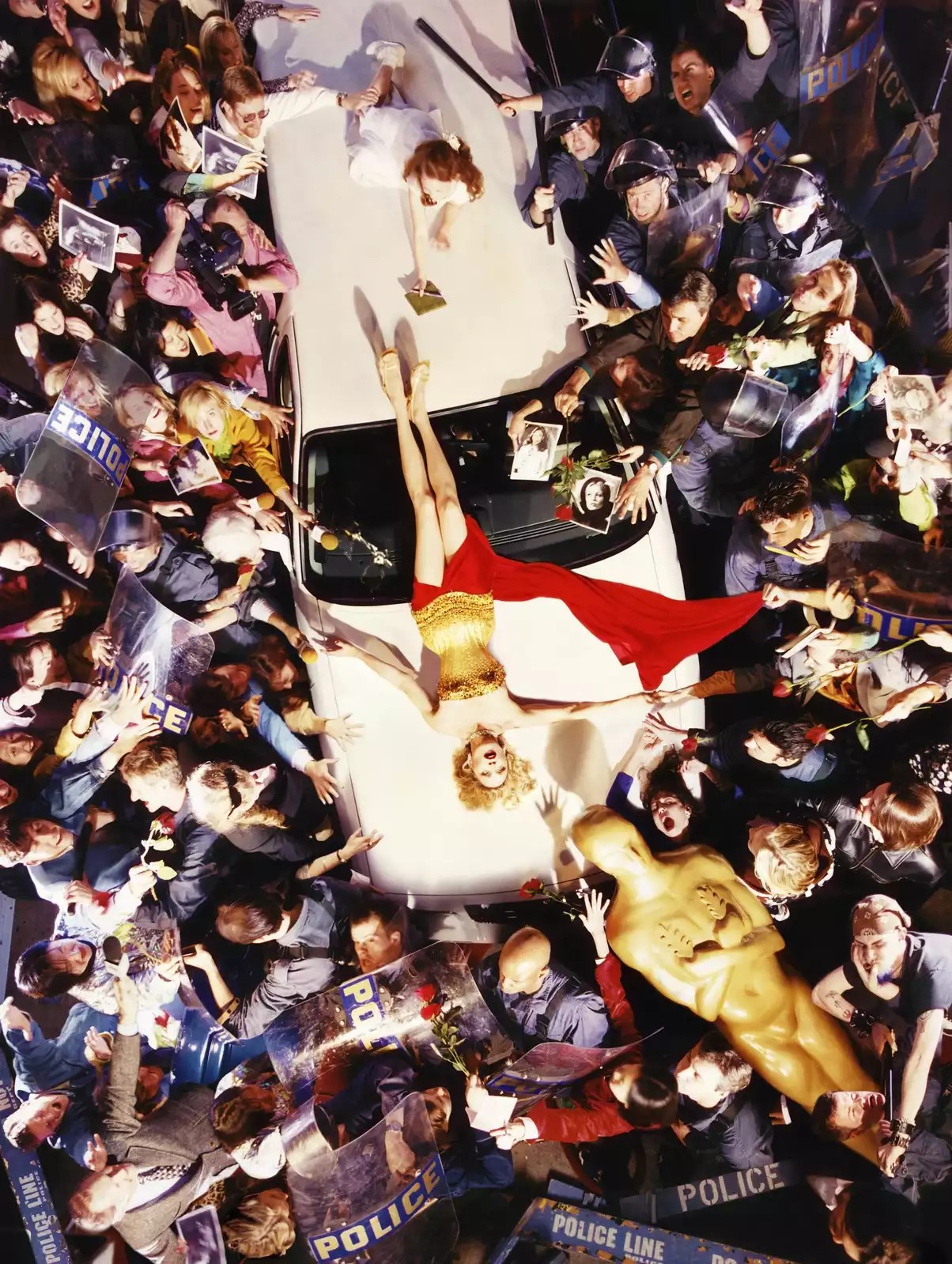
A RETURN TO HIS ROOTS
Despite his success and acclaim, David LaChapelle grew dissatisfied with his life and work. He saw himself as part of the consumeristic machine he had grown to despise and adding to the superficiality of the time. The frenetic pace of commercial assignments left no time and space for his personal work. He found himself disconnected from his art practice, drowning in a sea of bling and artifice.
In 2006, David LaChapelle traded Los Angeles for an off-grid organic farm in Hawaii. The move away from the pressure of commercial work reignited his creativity, as did his renewed connection to nature. His work shifted to explore complex themes with greater depth. Questions about redemption, consumerism, and the human condition are often framed within biblical and mythological narratives. The images have become more spiritual and introspective and often carry a critical view of humanity’s trajectory.
After years of wandering in the superficial worlds of fashion and celebrity, David LaChapelle is happy to be an artist again.
“In the end, we only regret the chances we didn’t take.” David LaChapelle
© David LaChapelle. Disclaimer: Aurelie’s Gallery does not represent David LaChapelle. My “Photographers I love” series is purely for inspiration and to encourage discussion.
